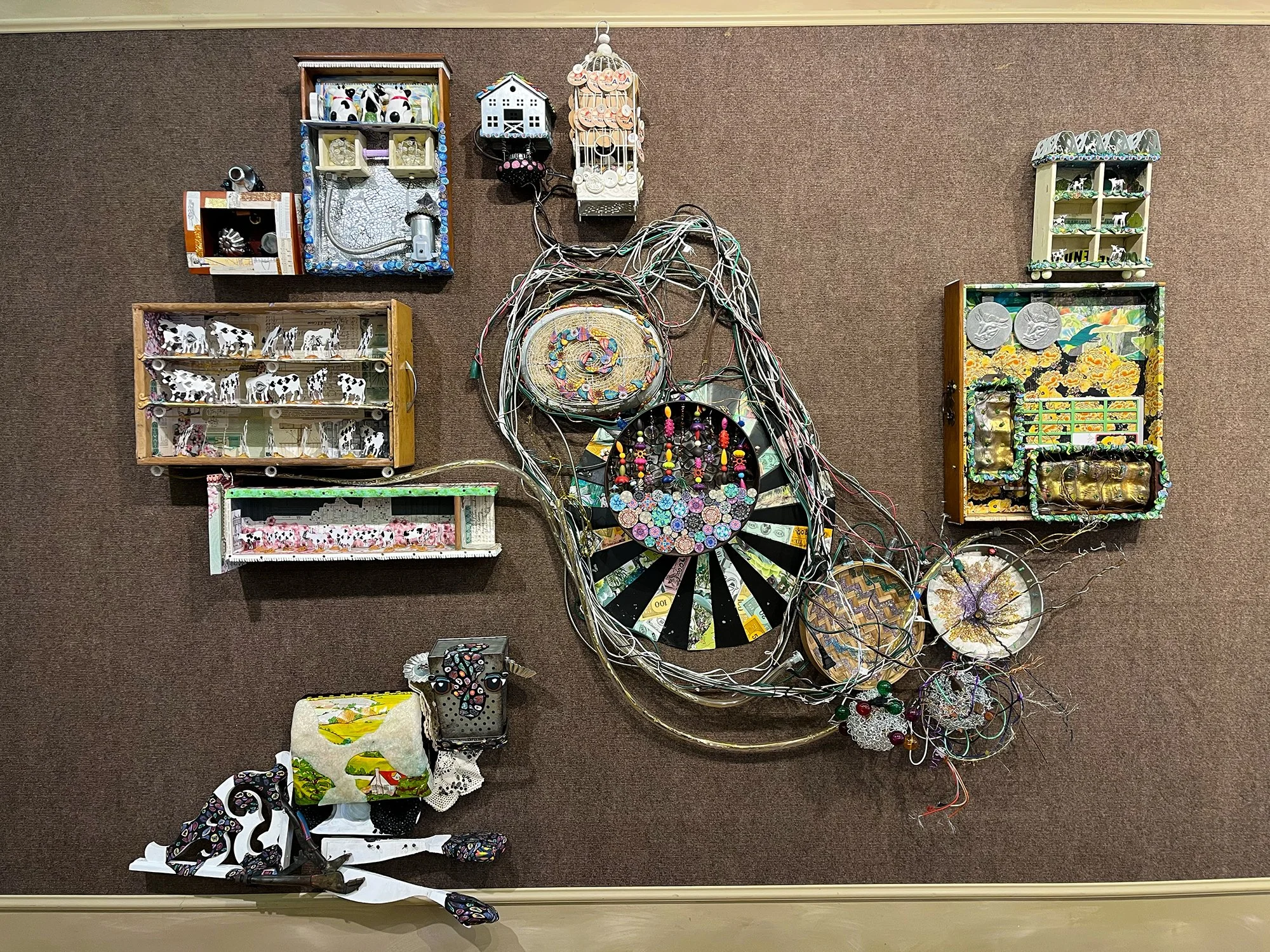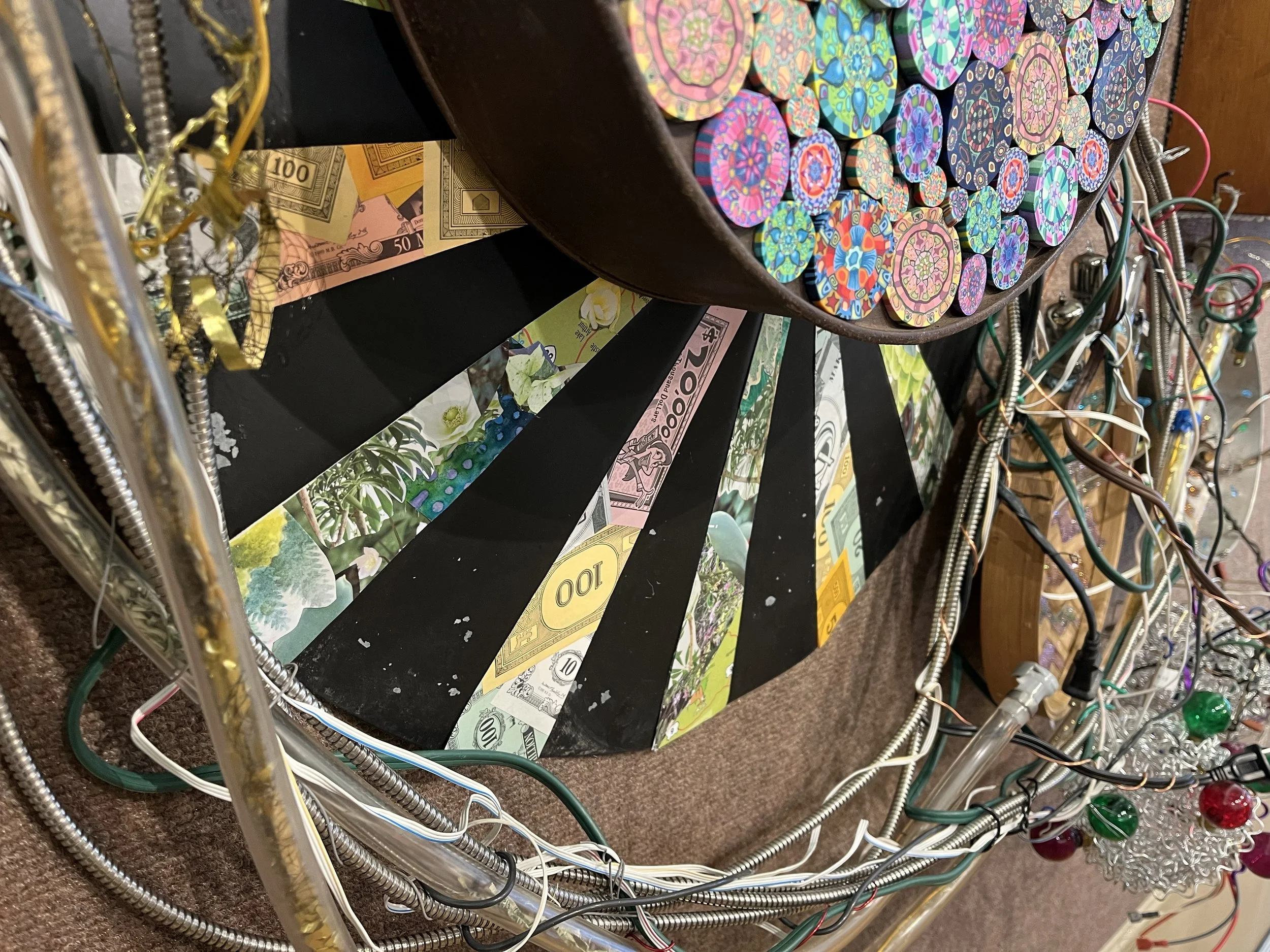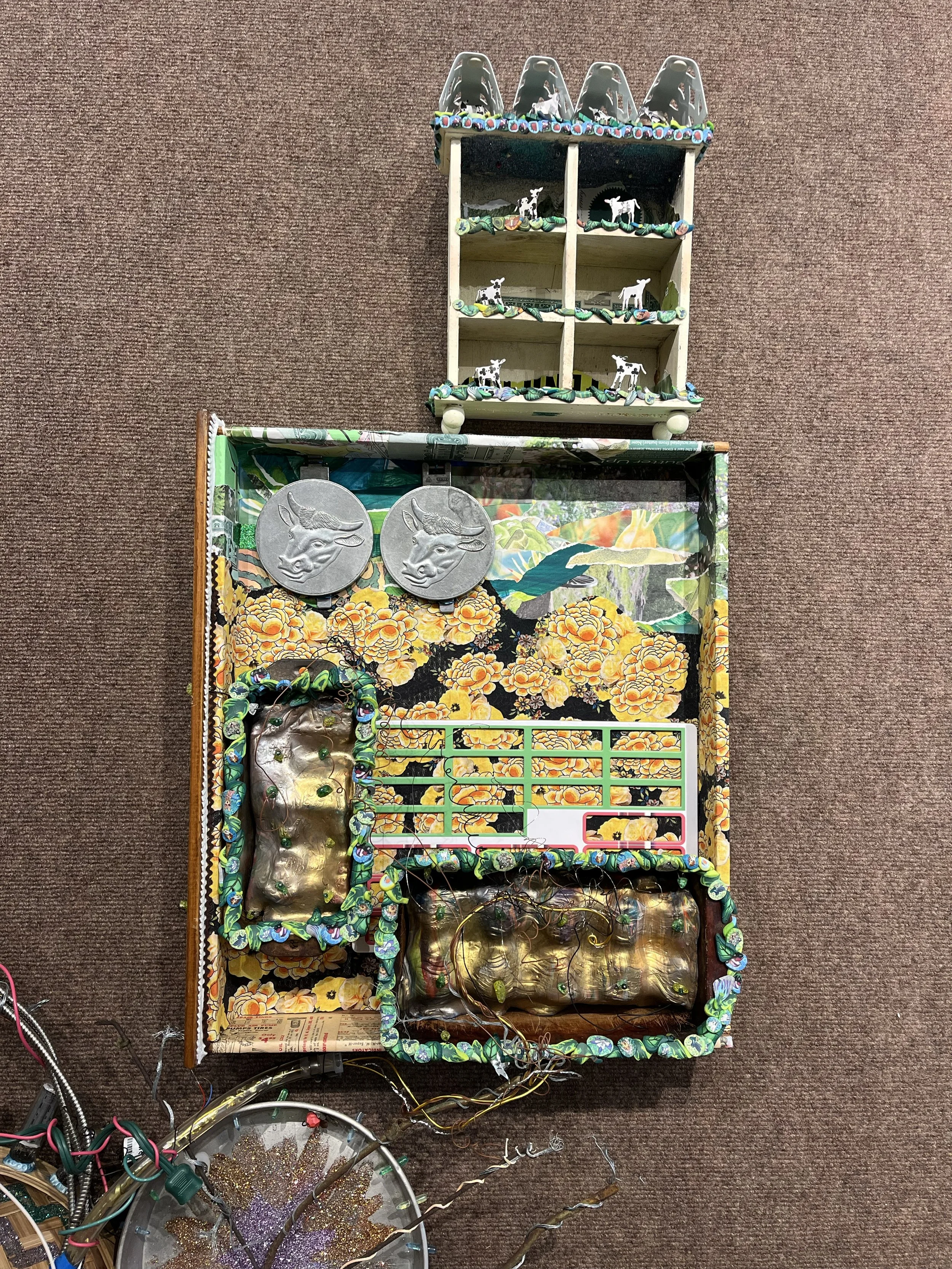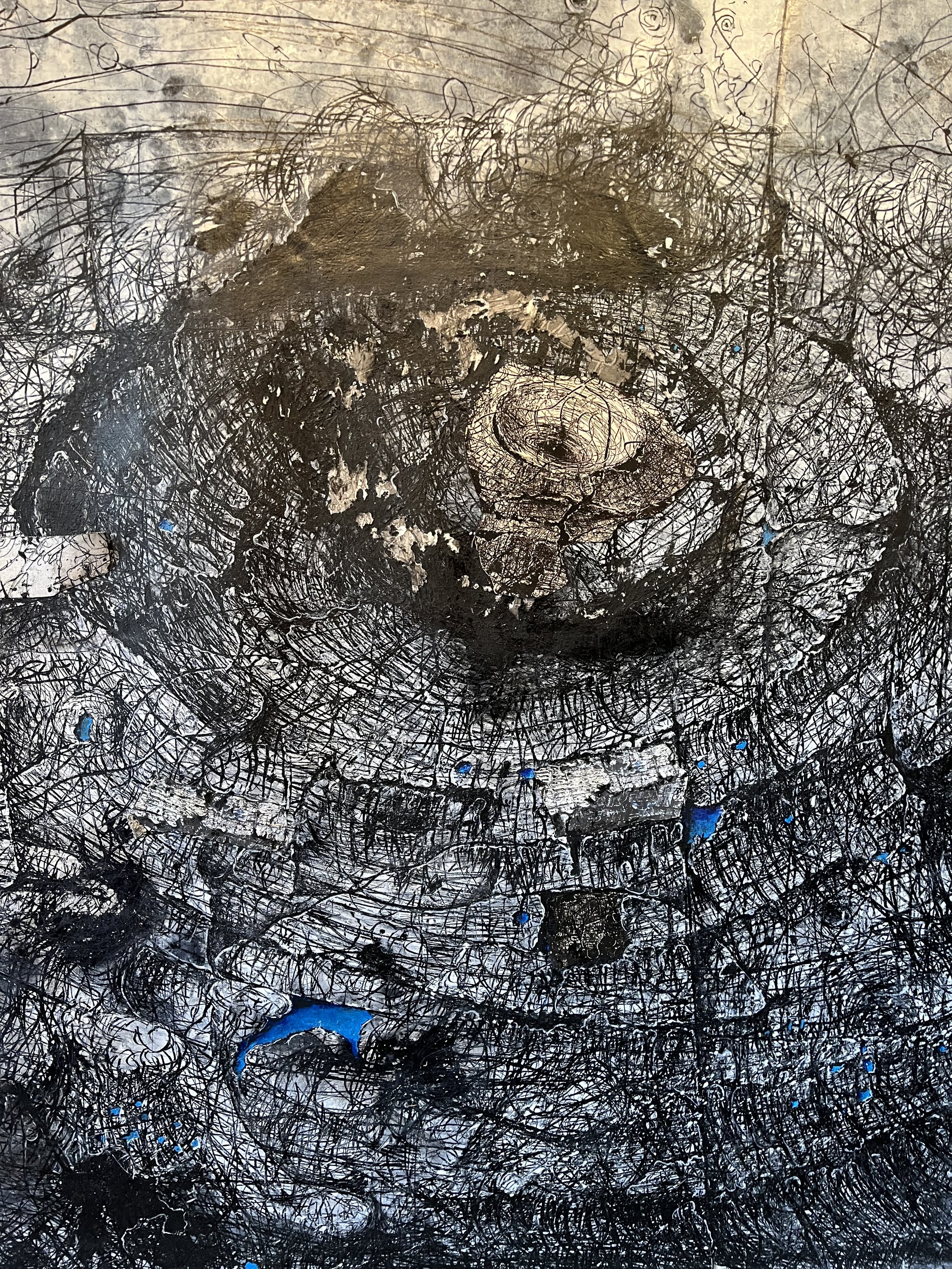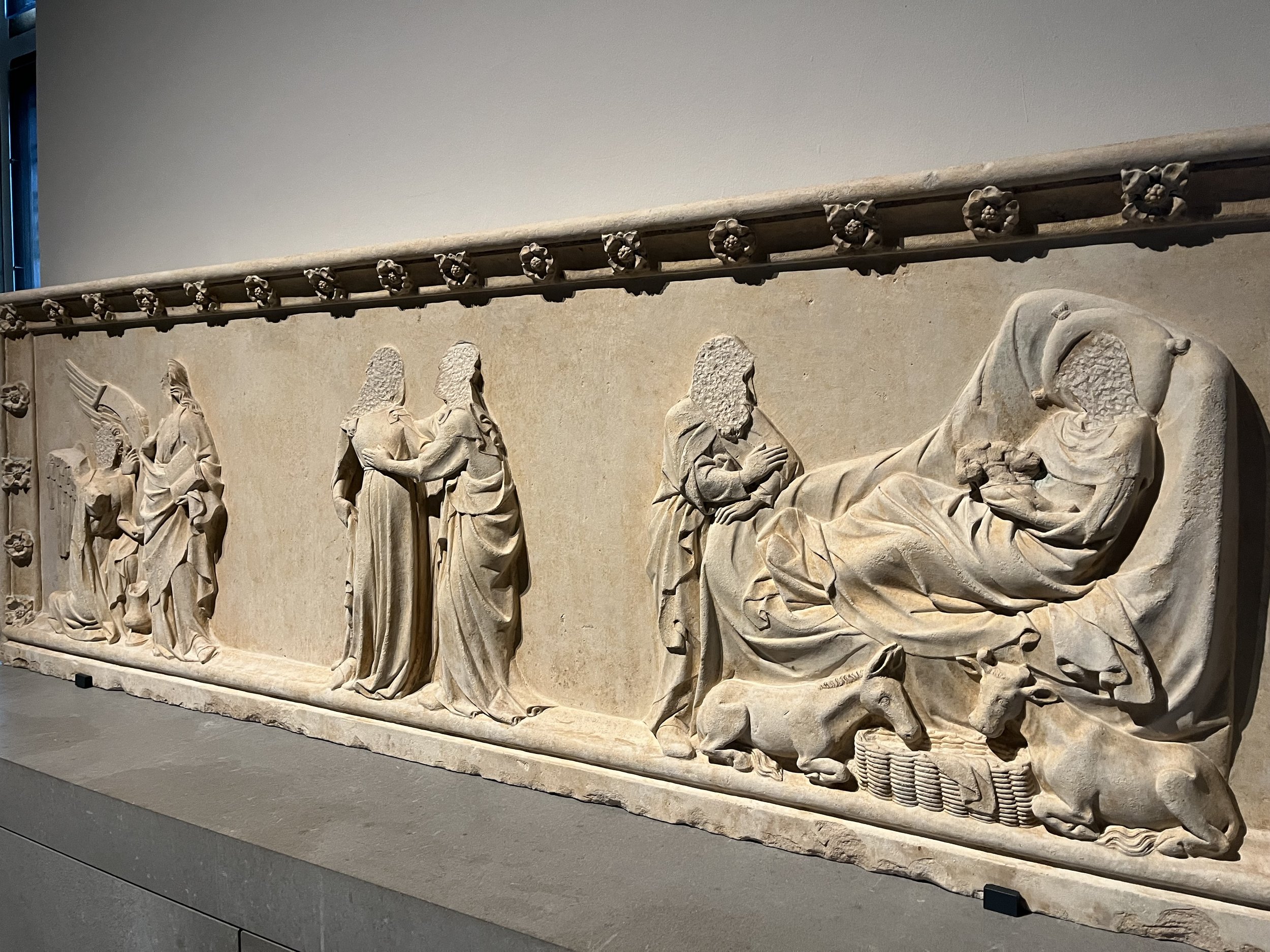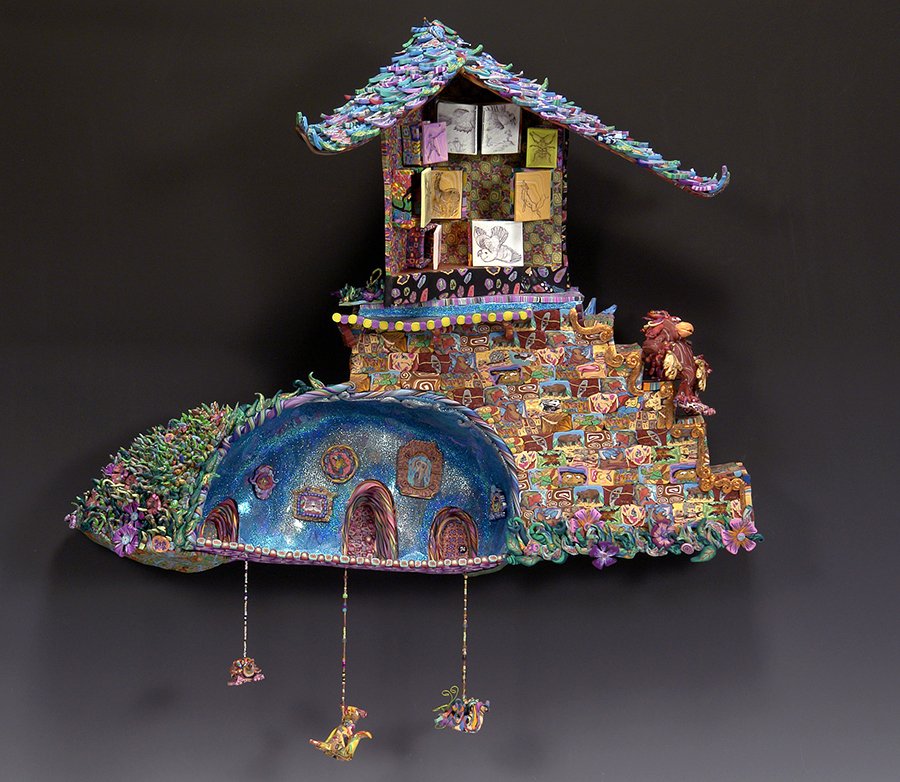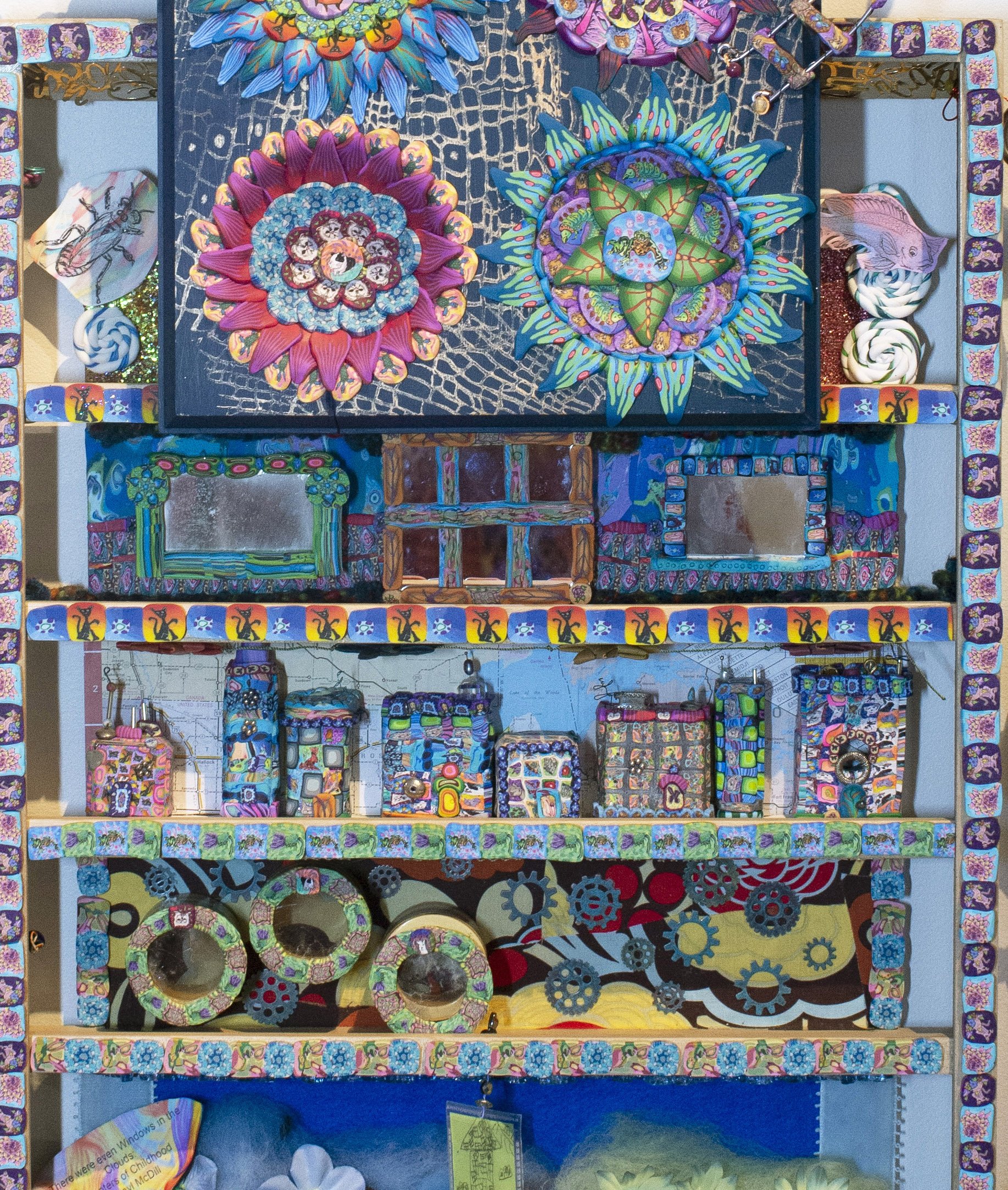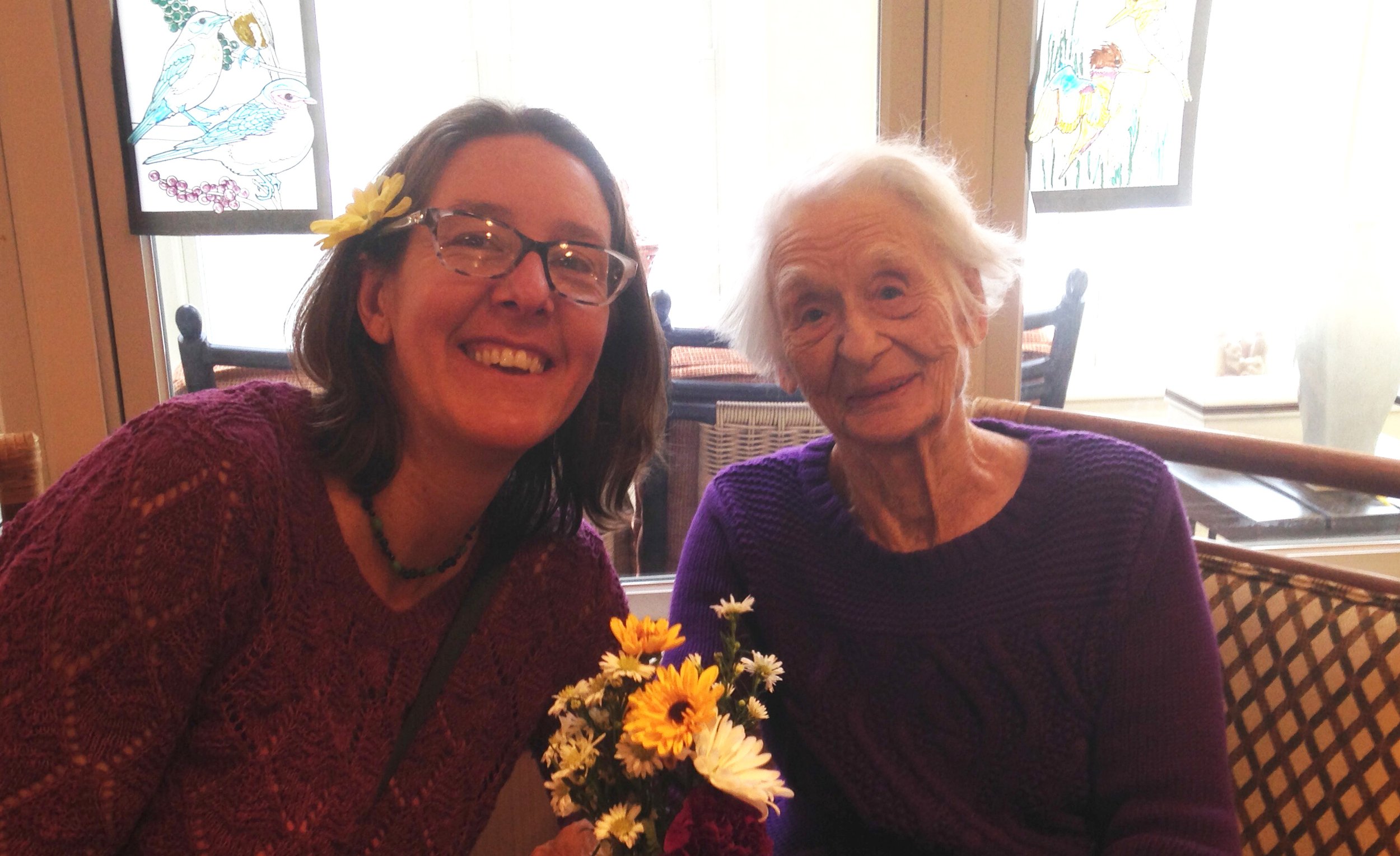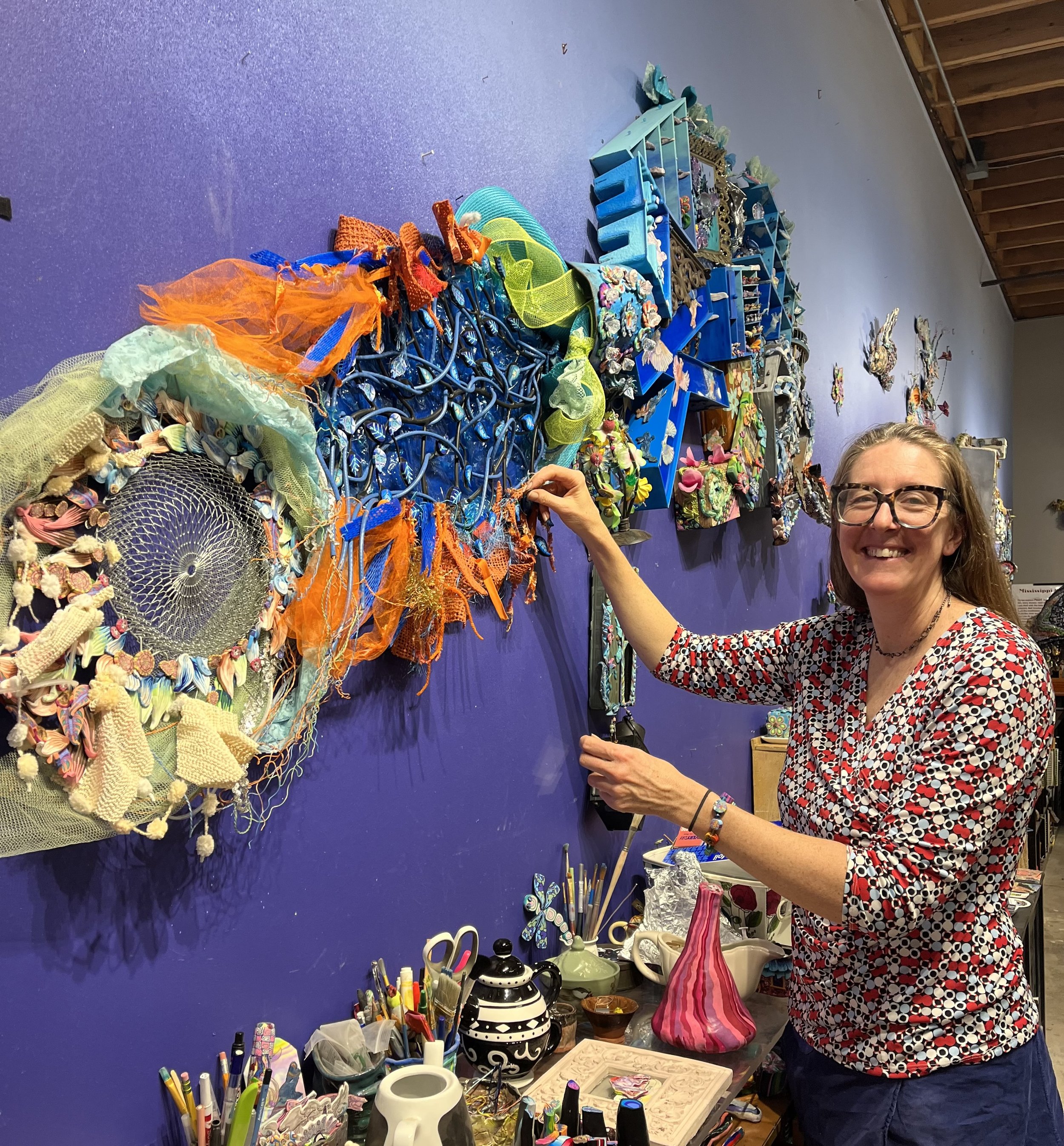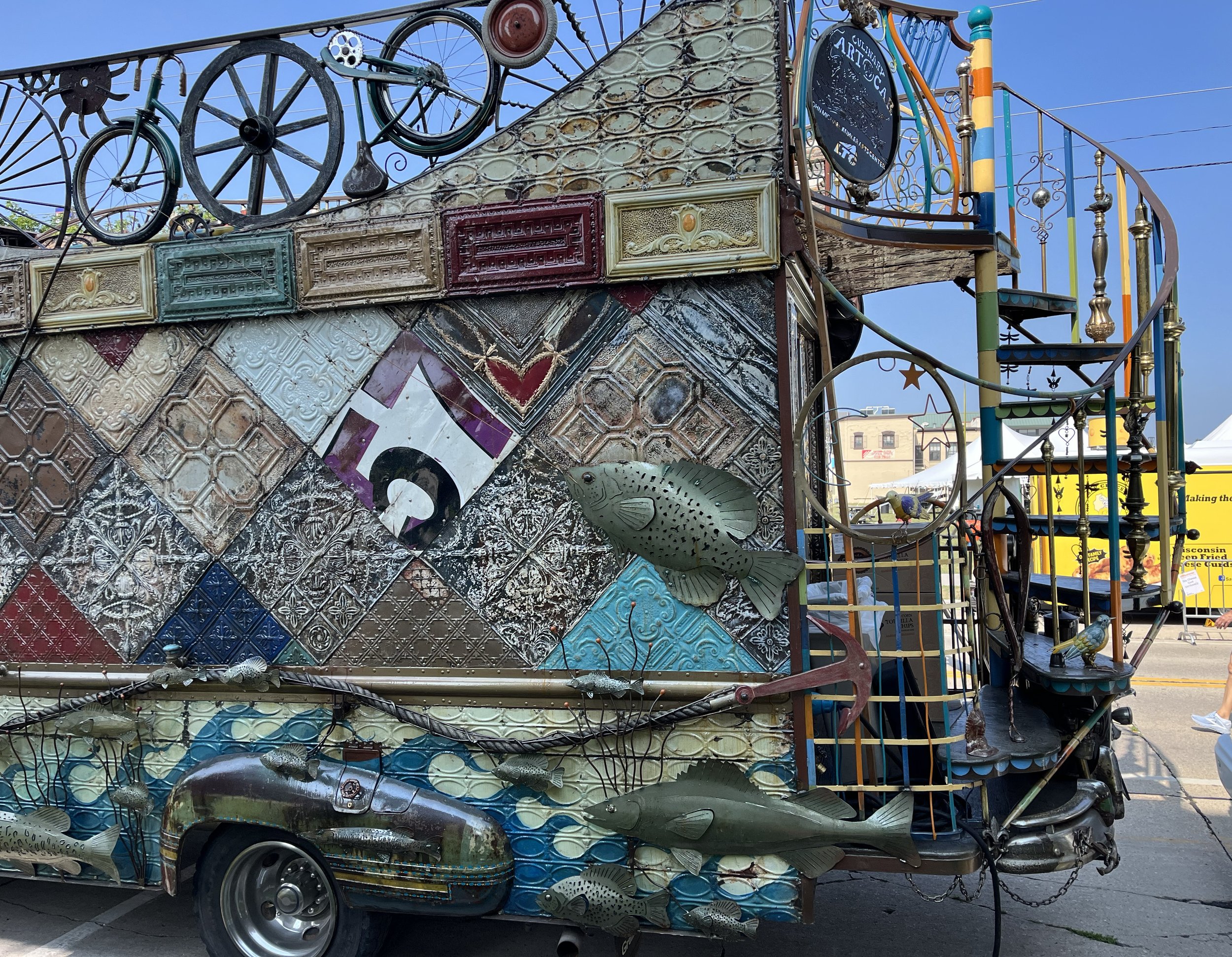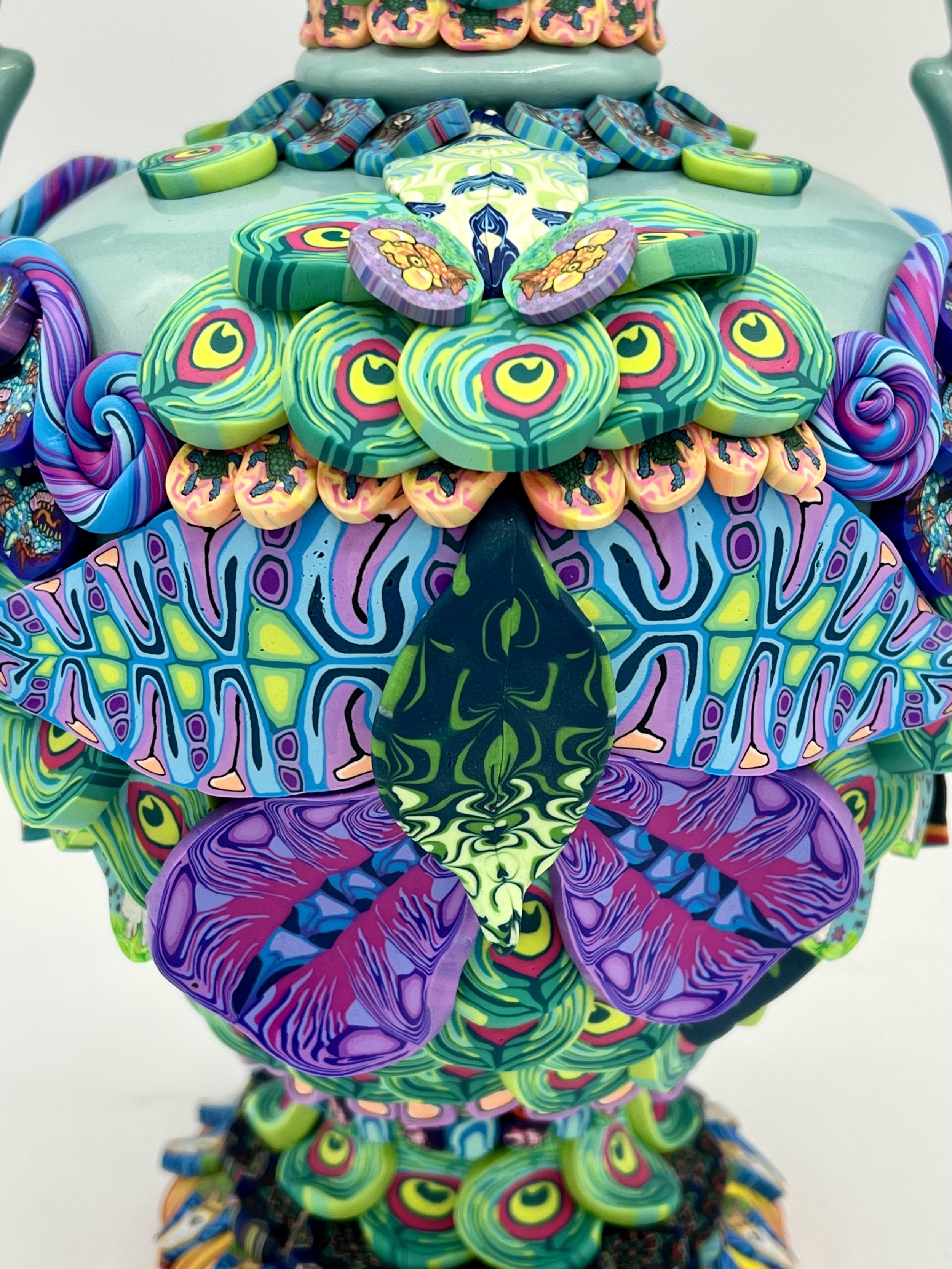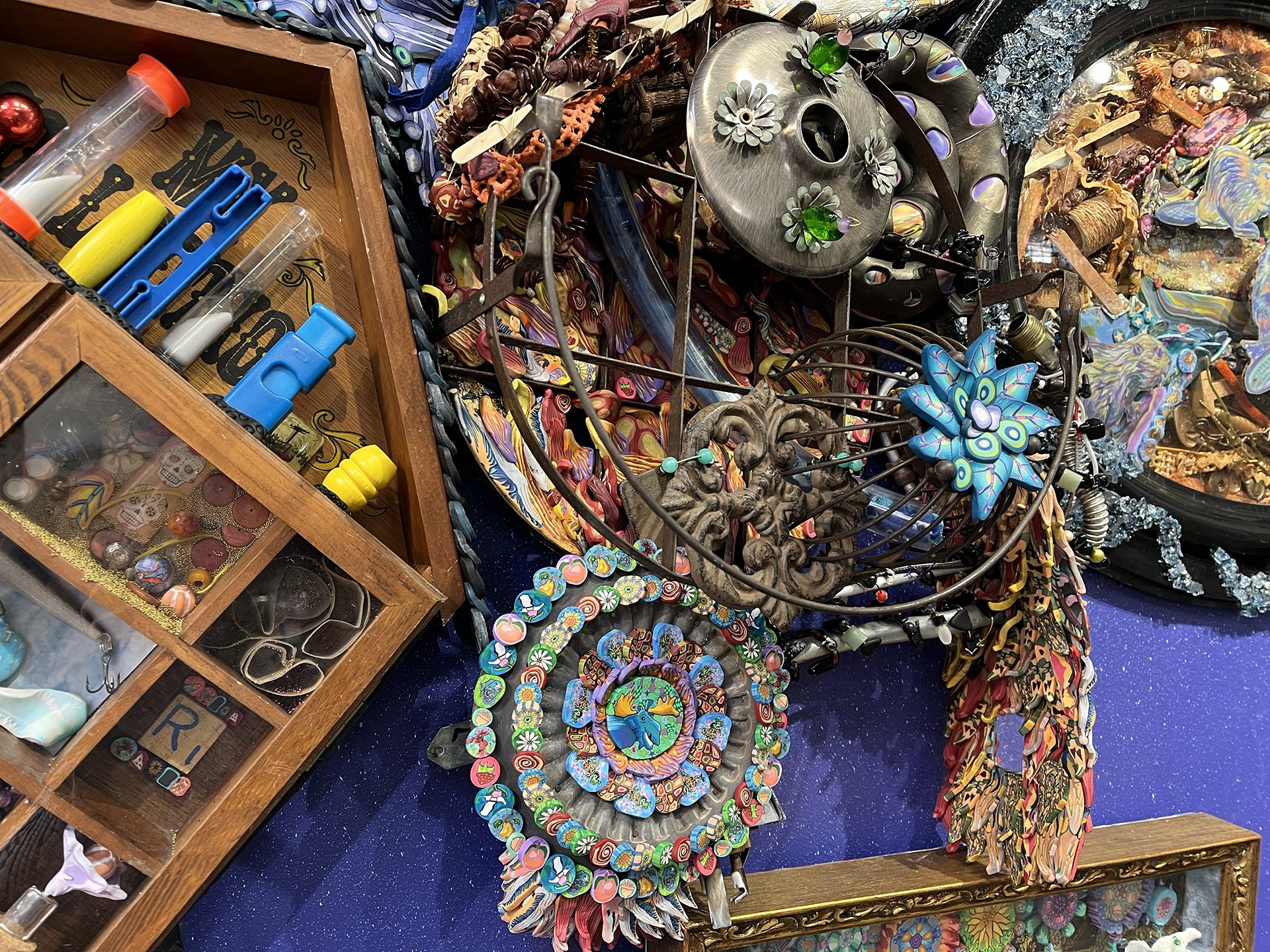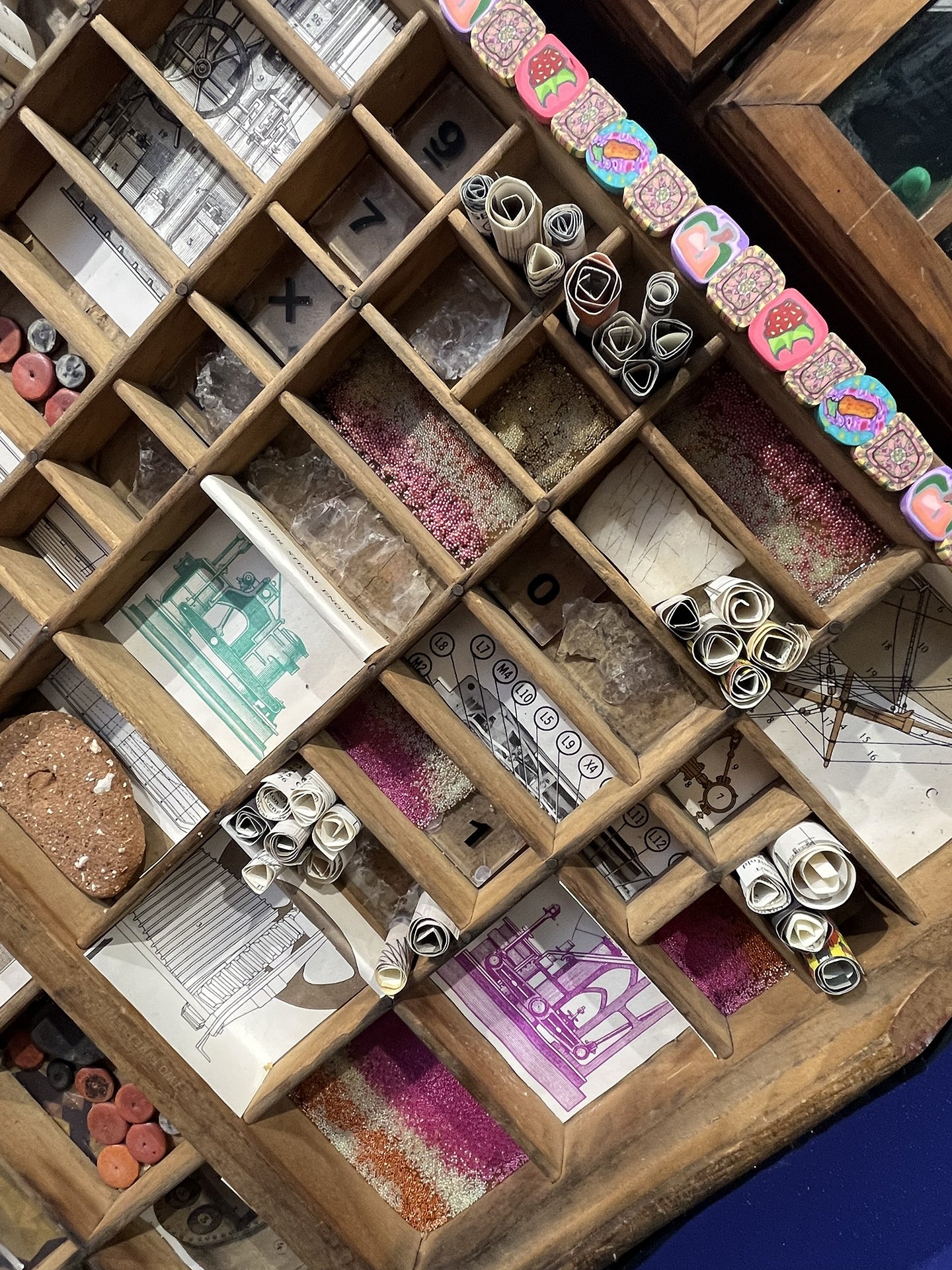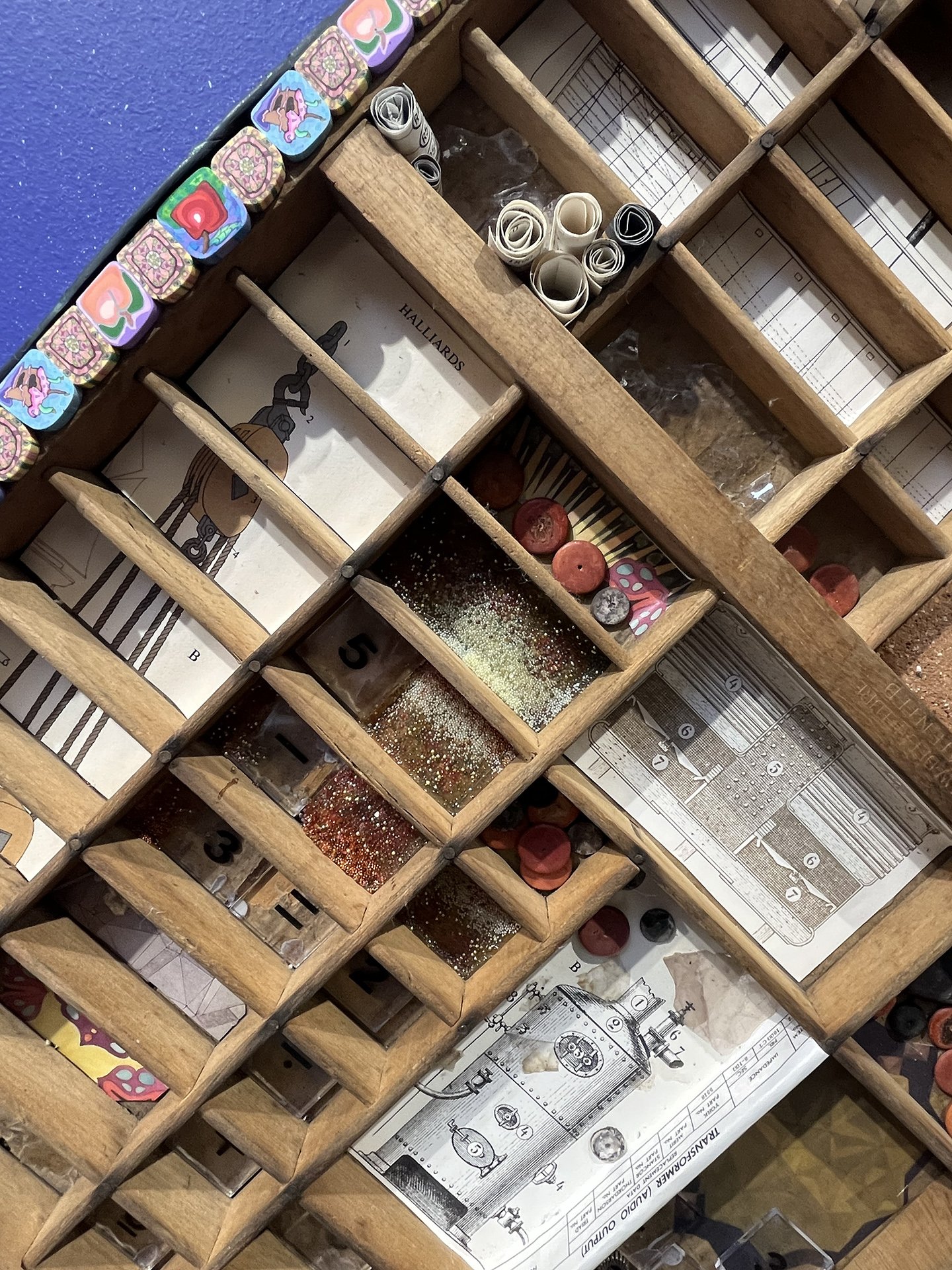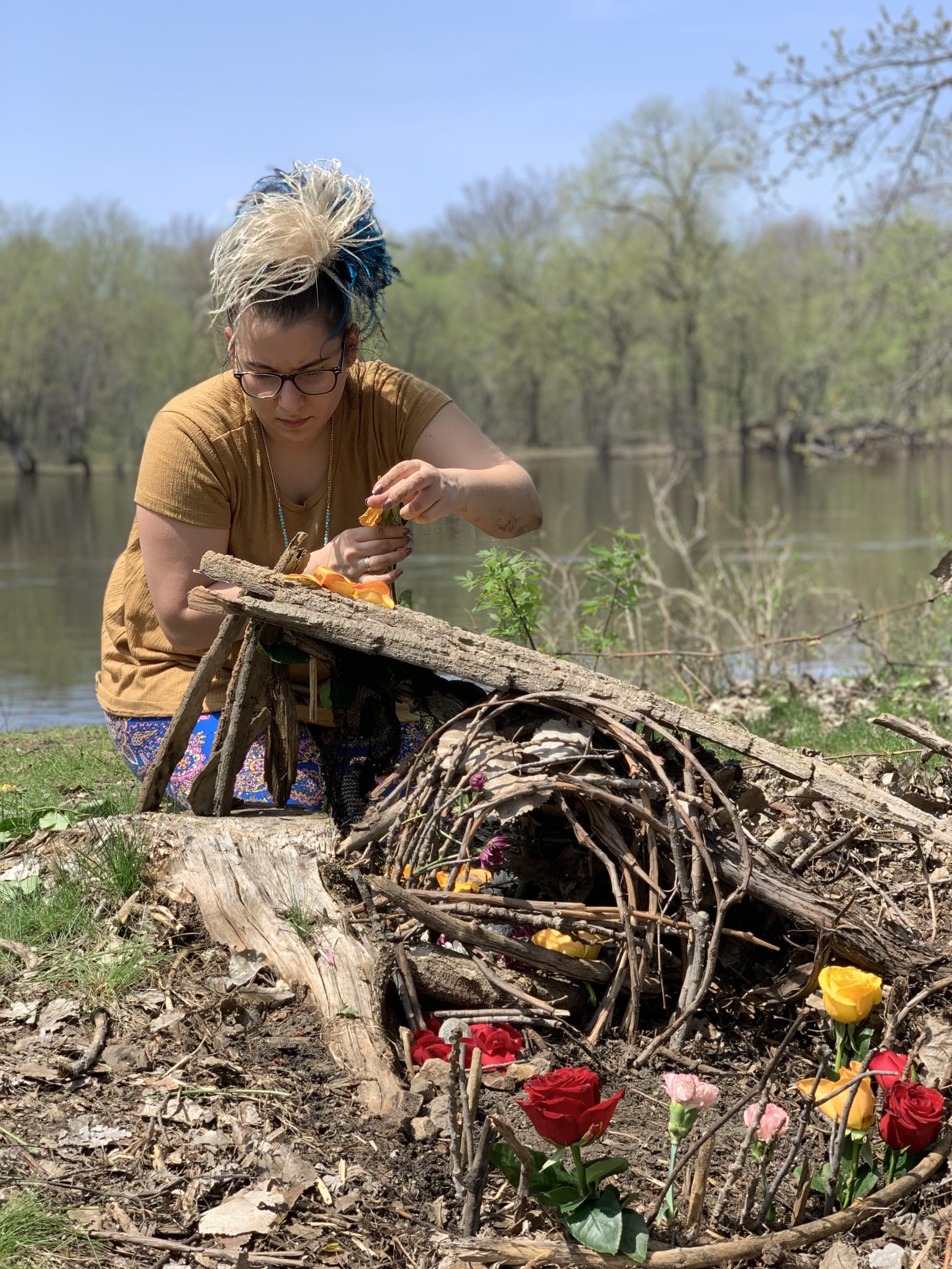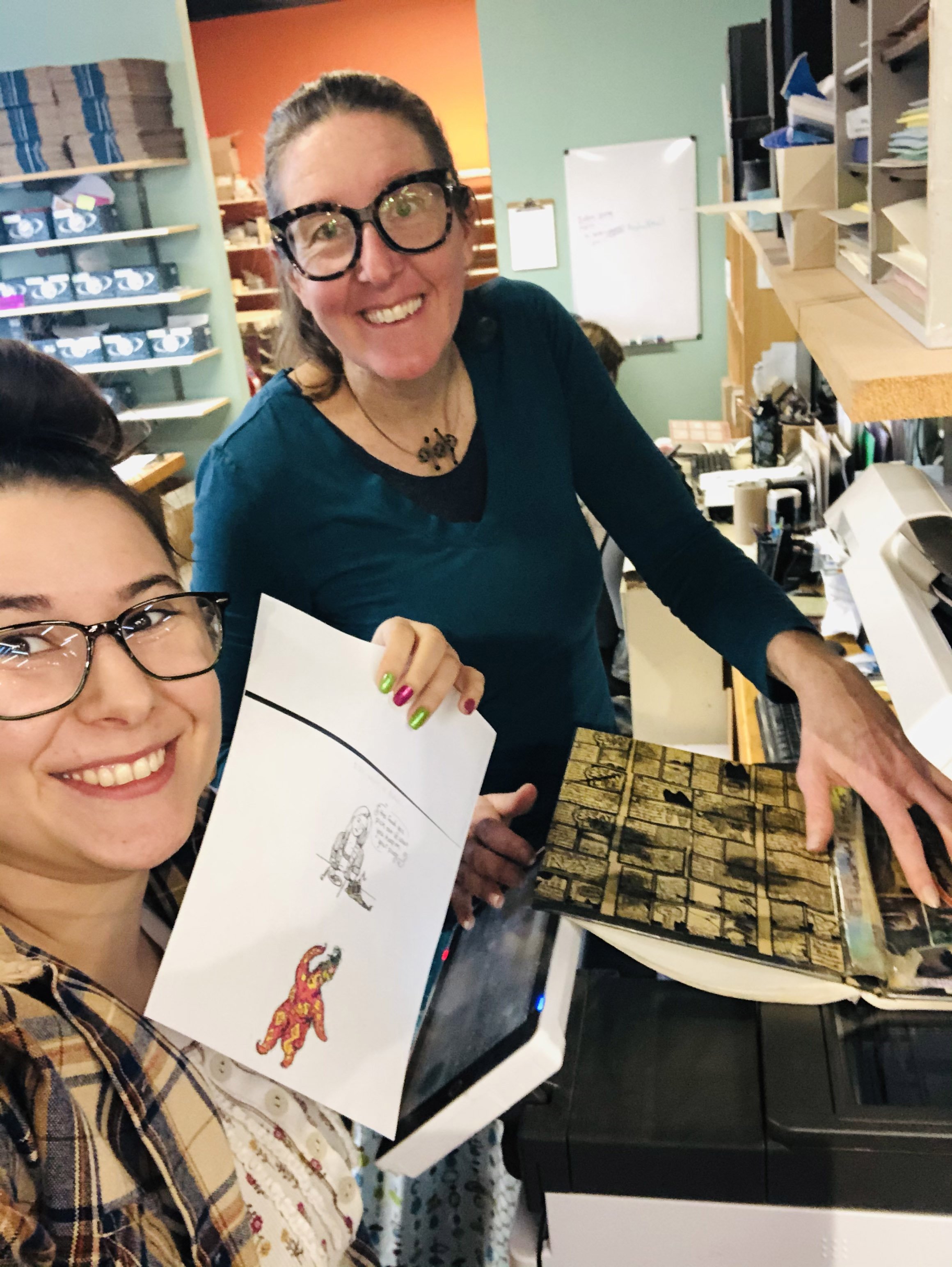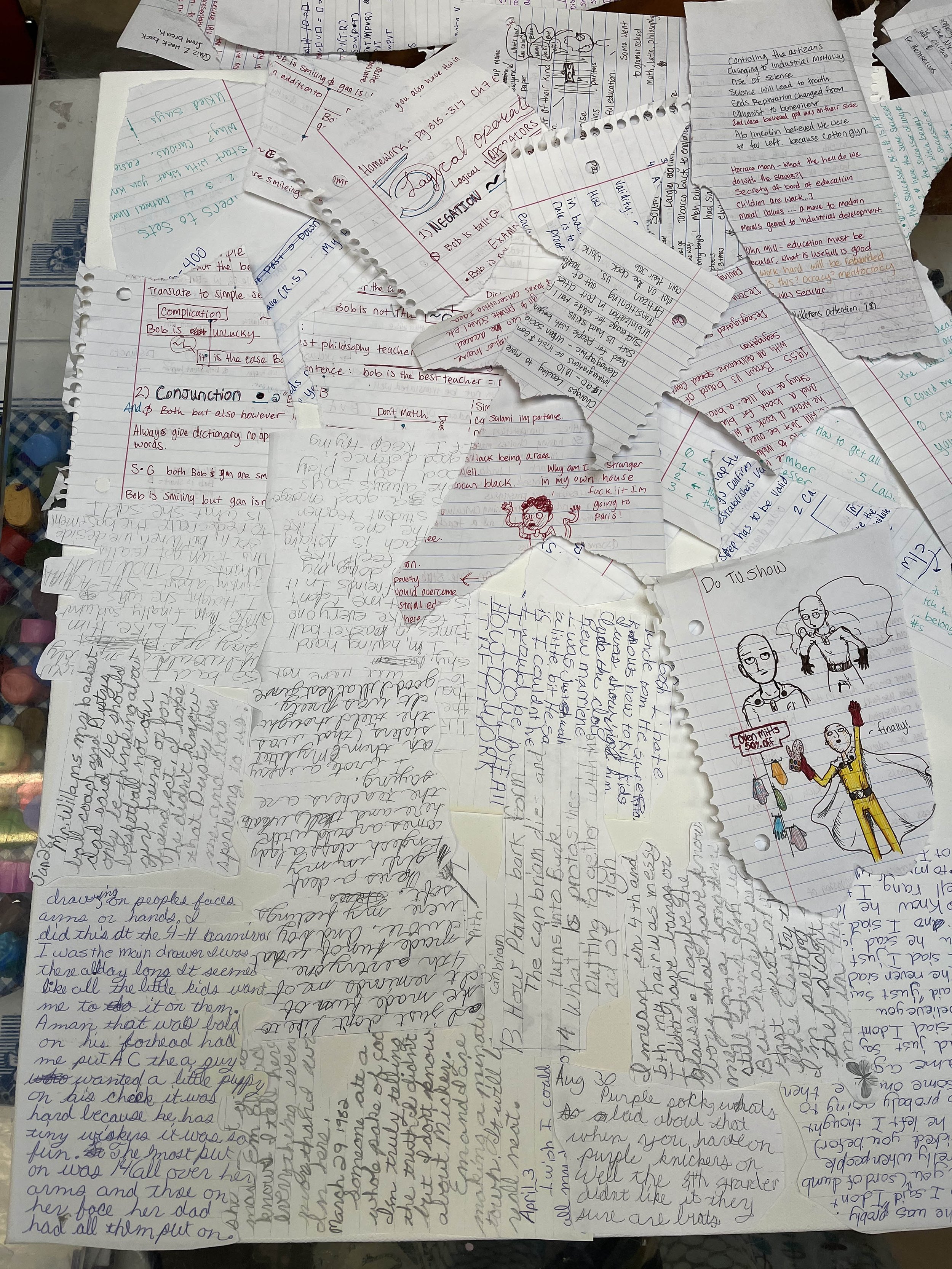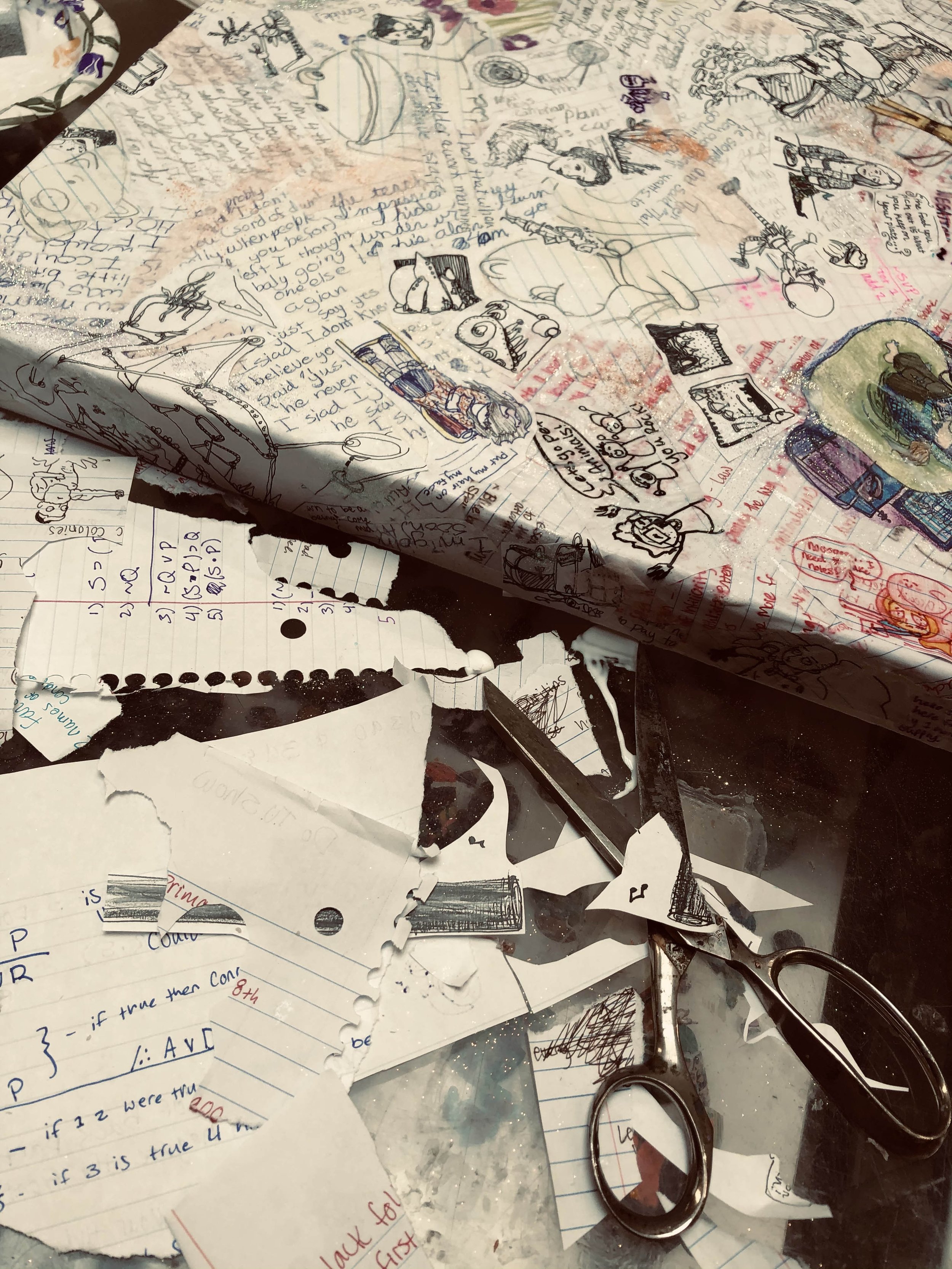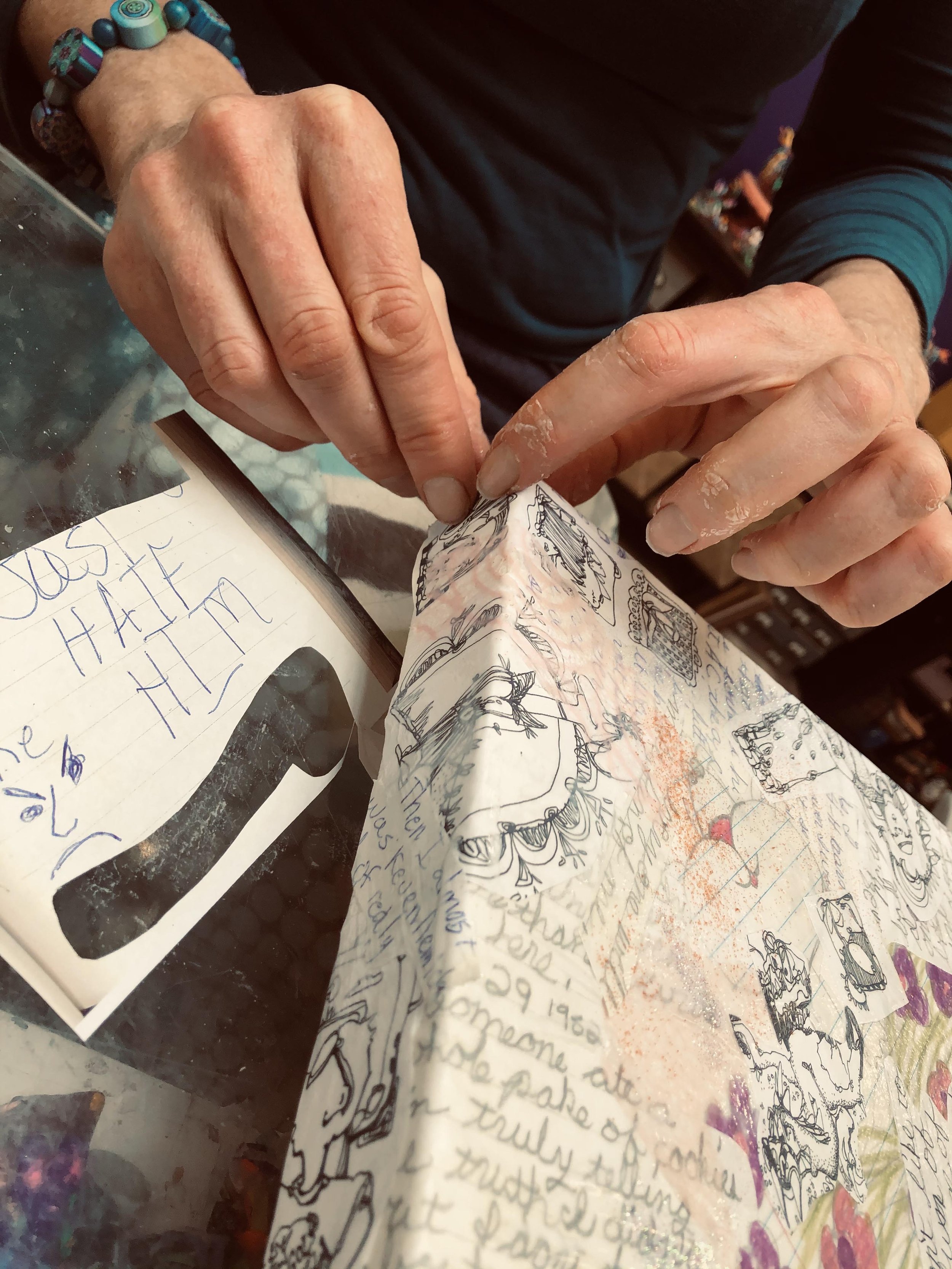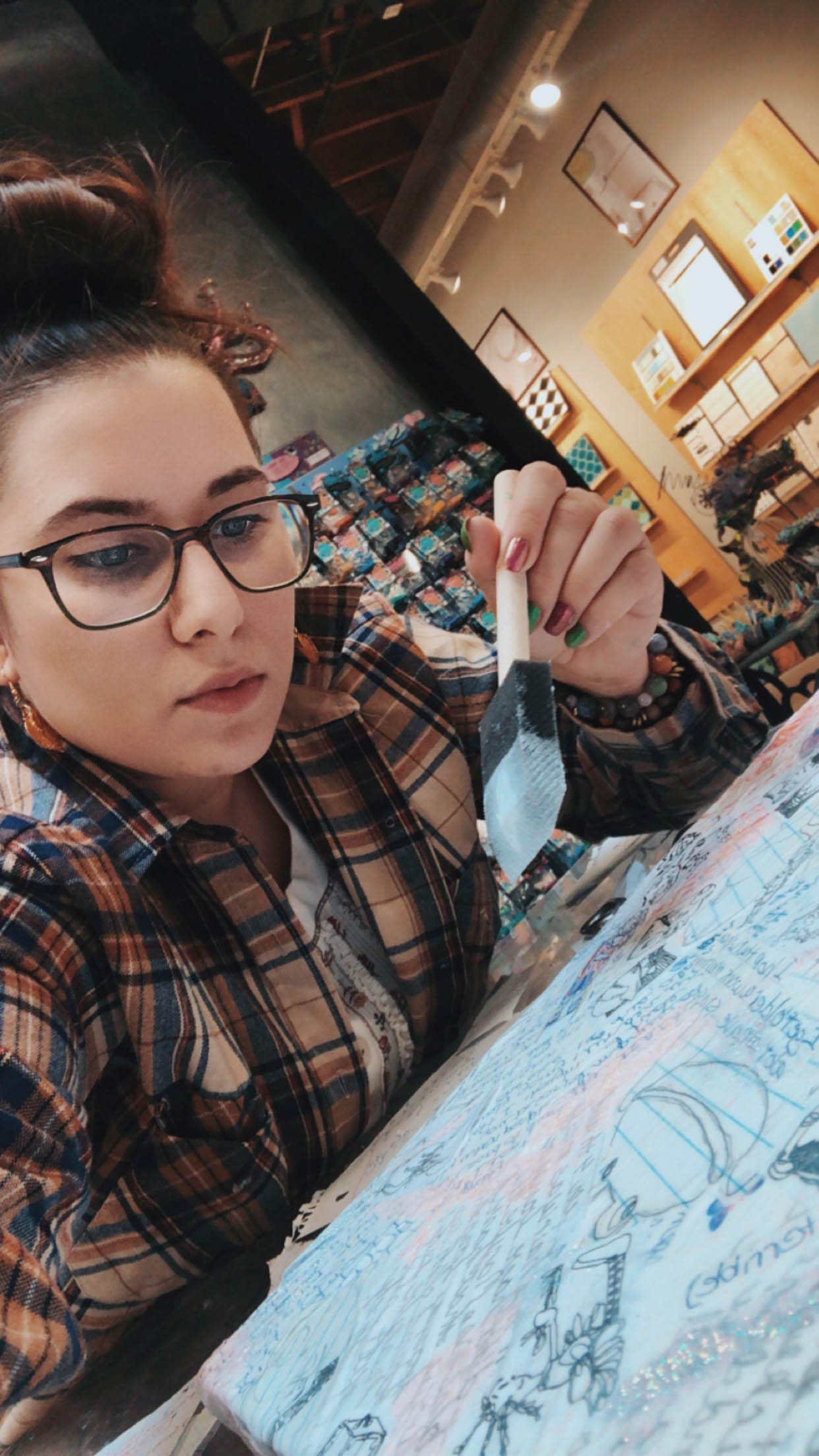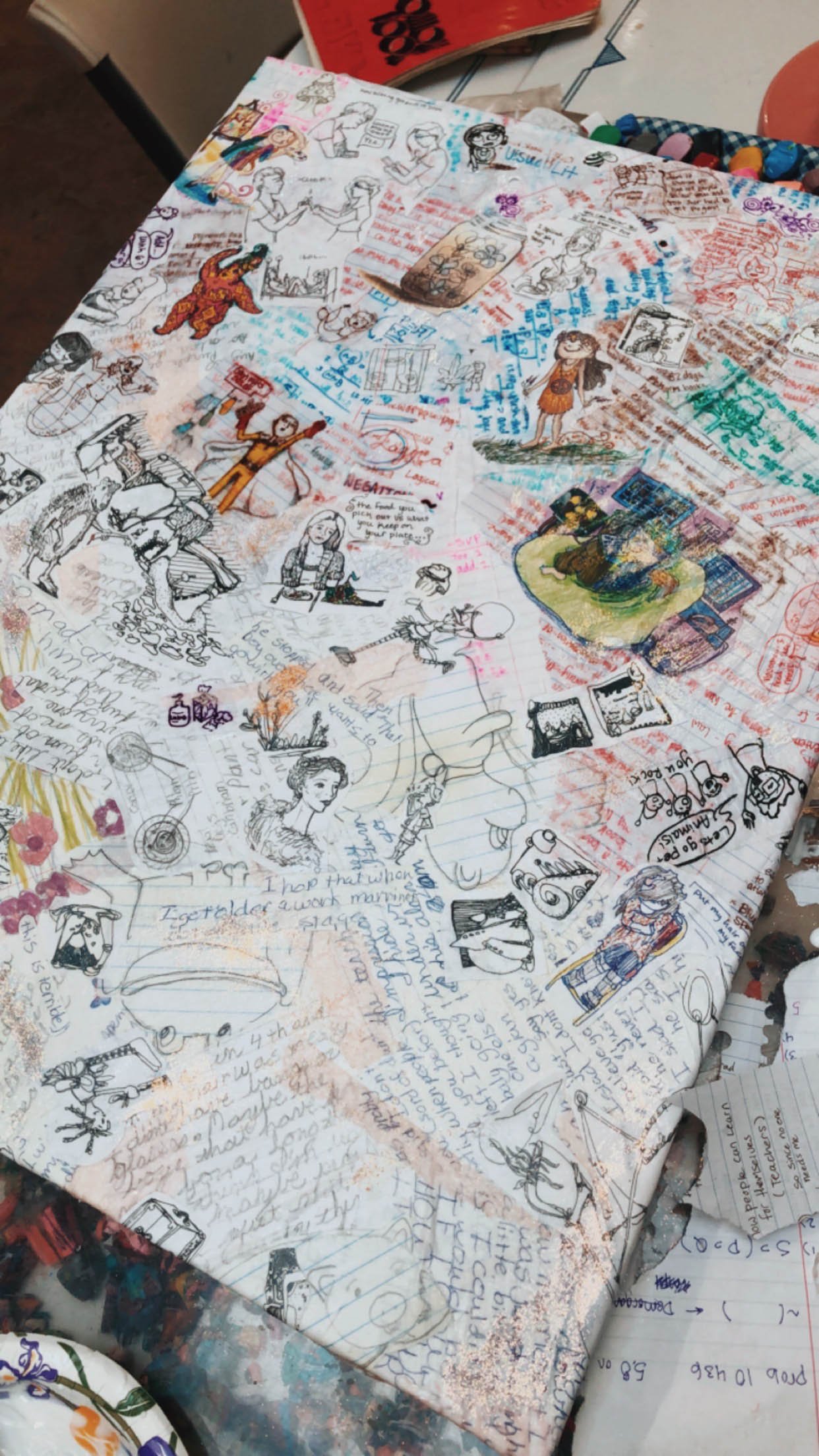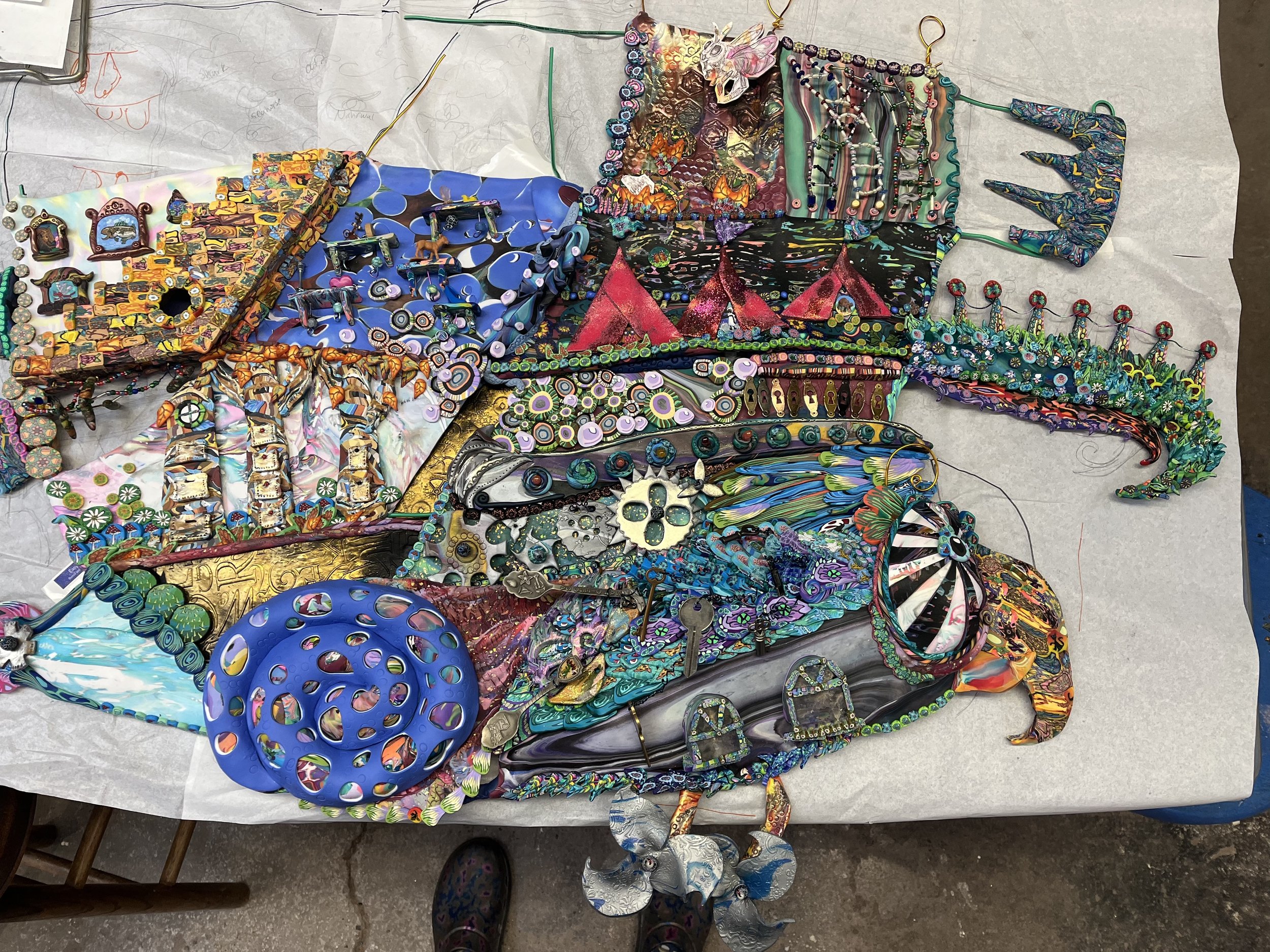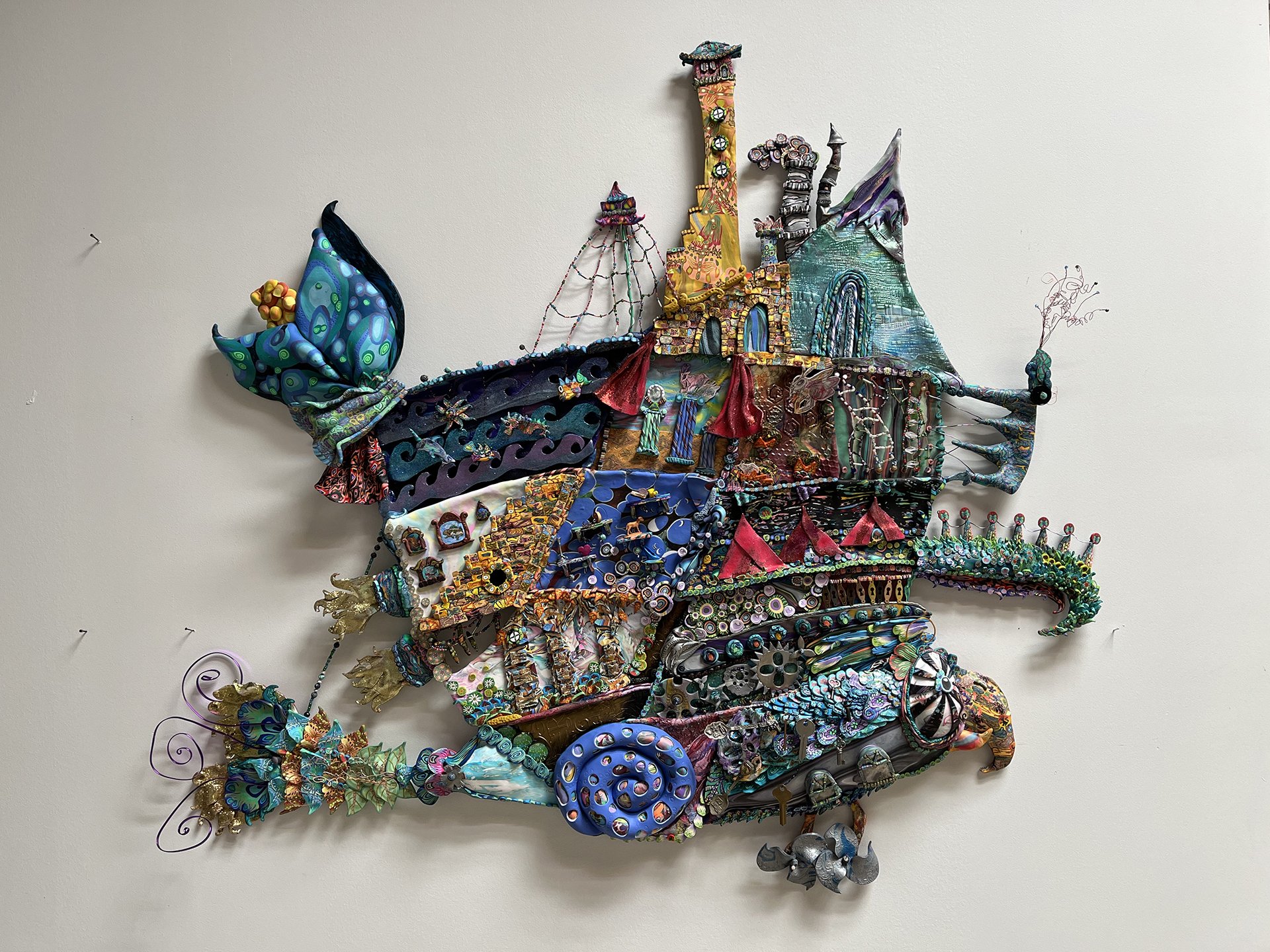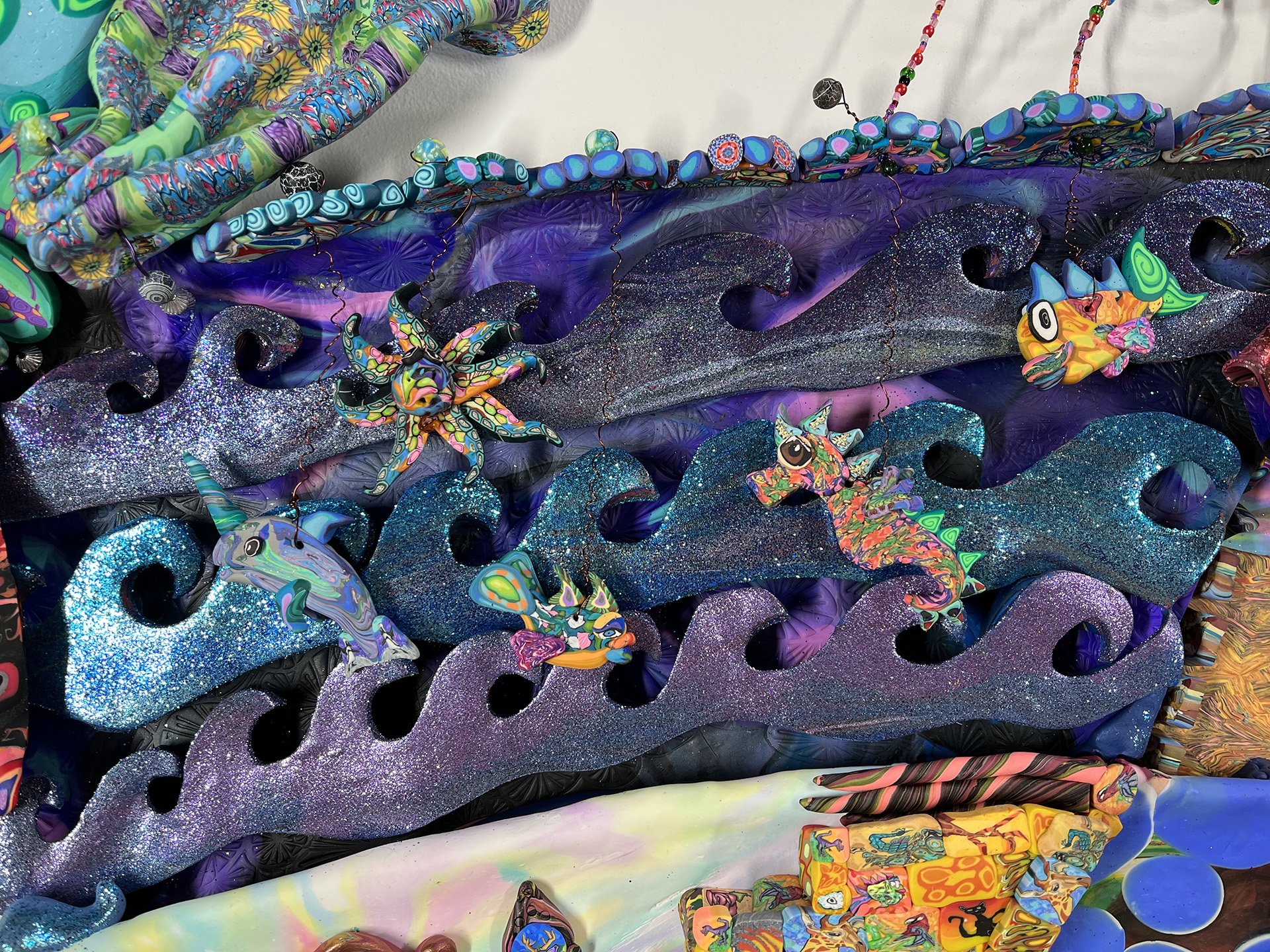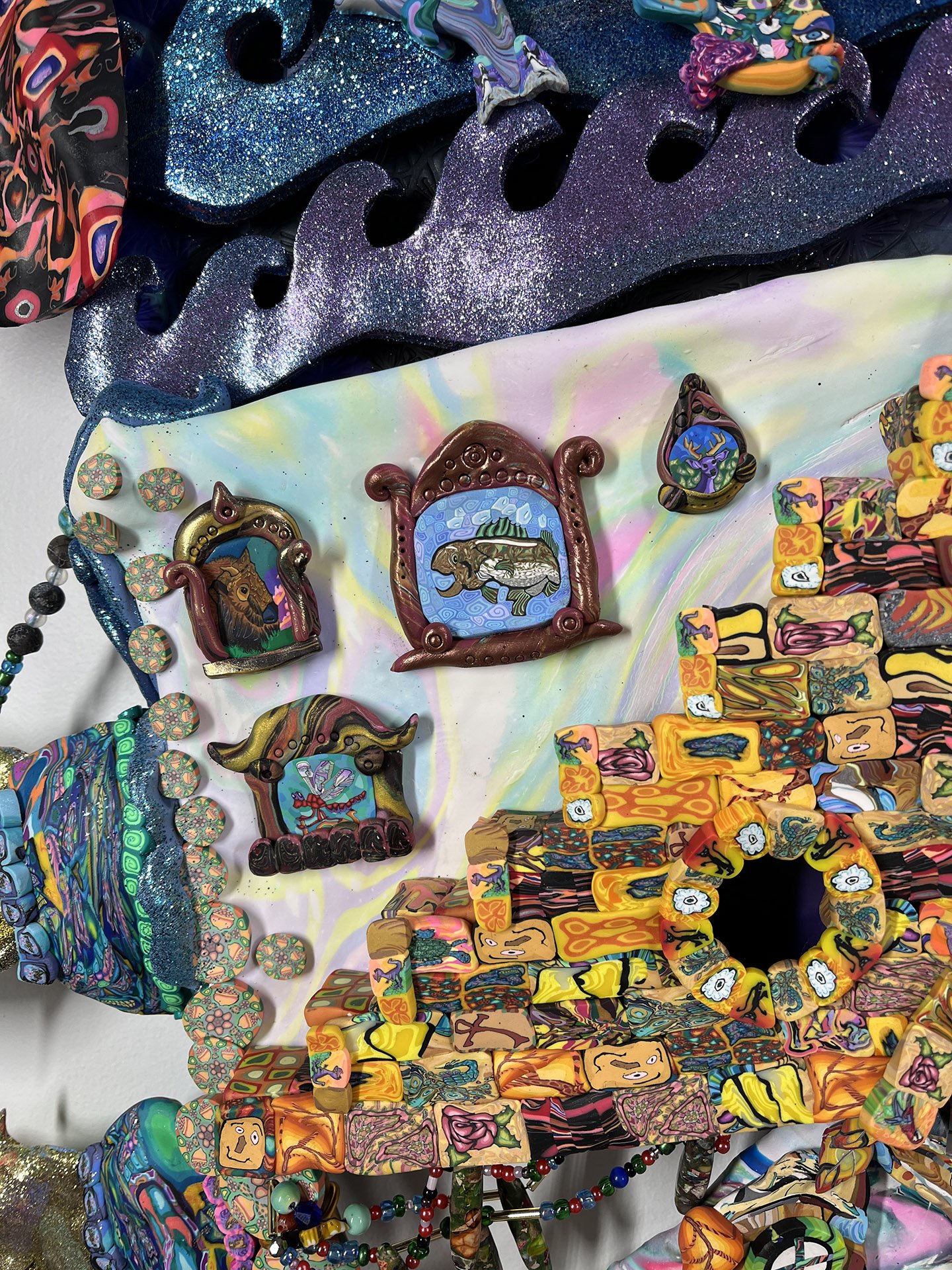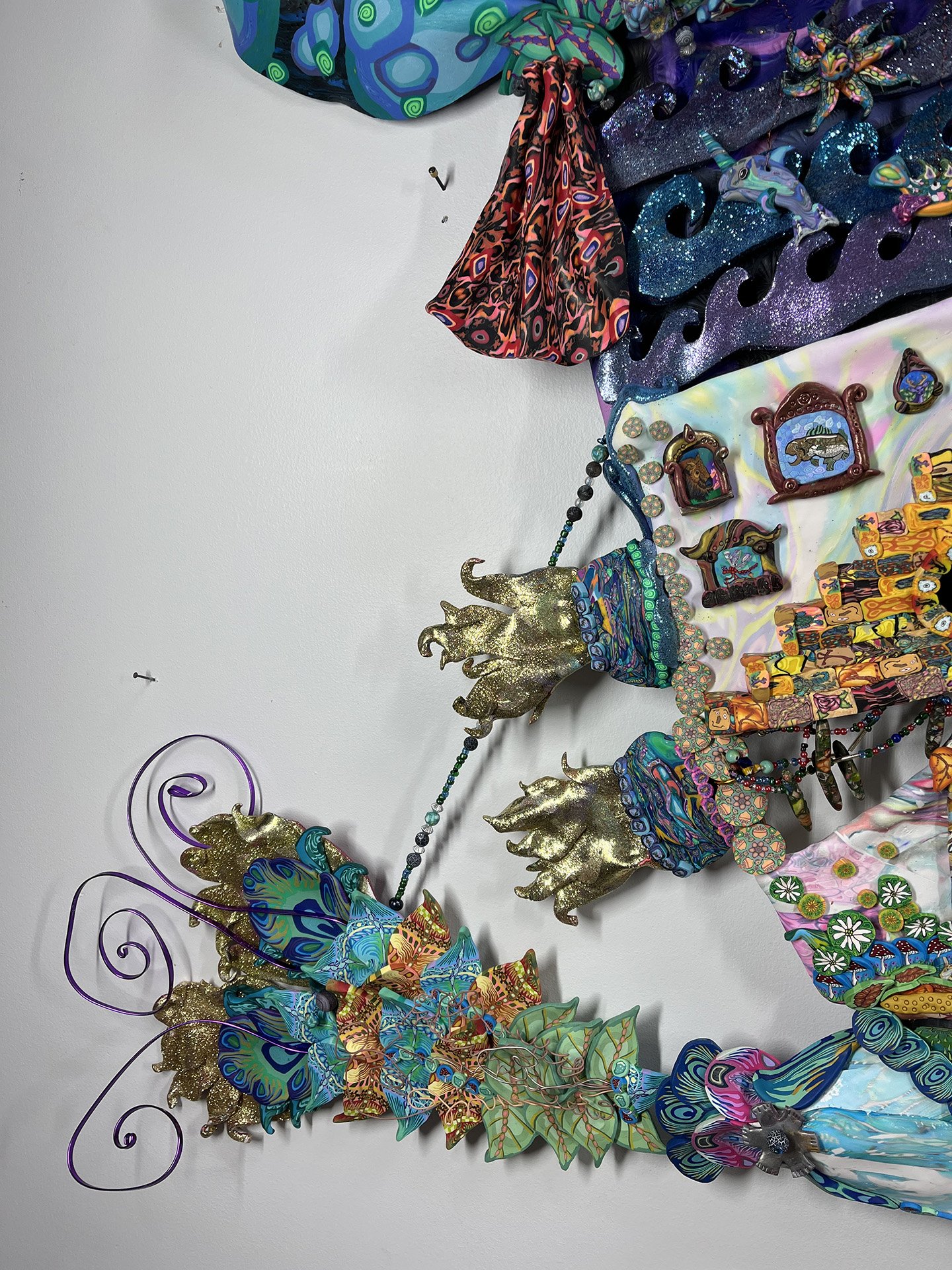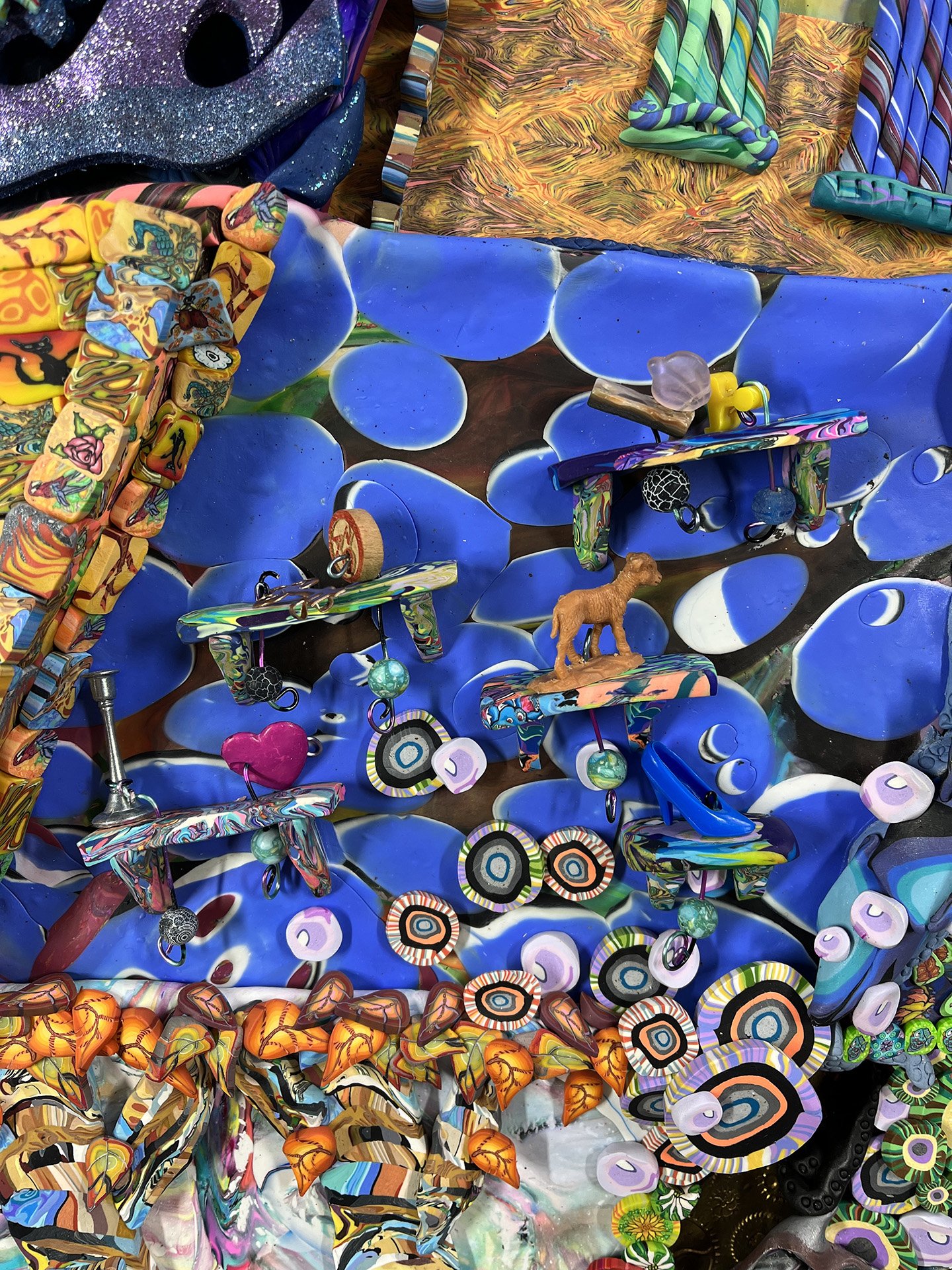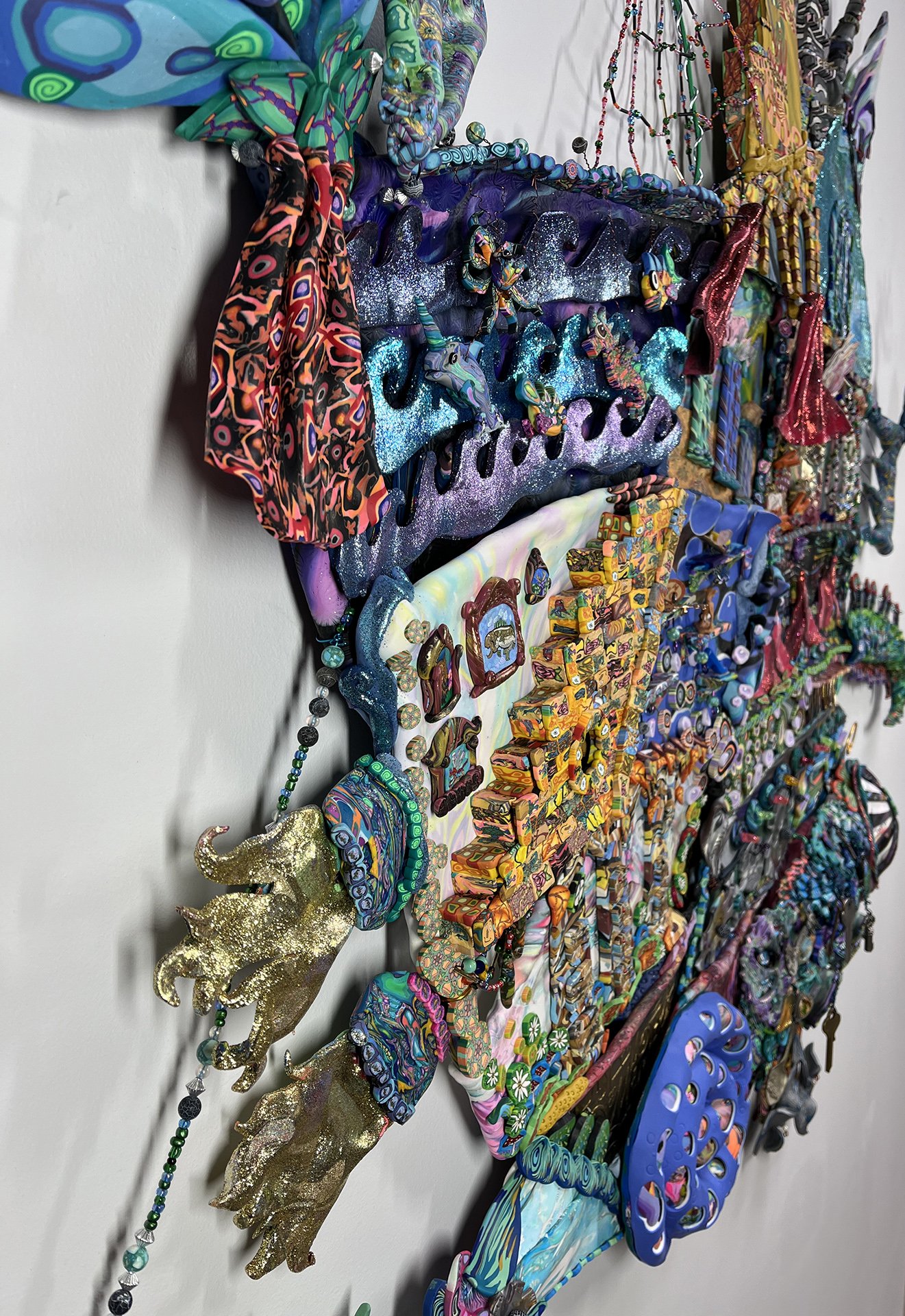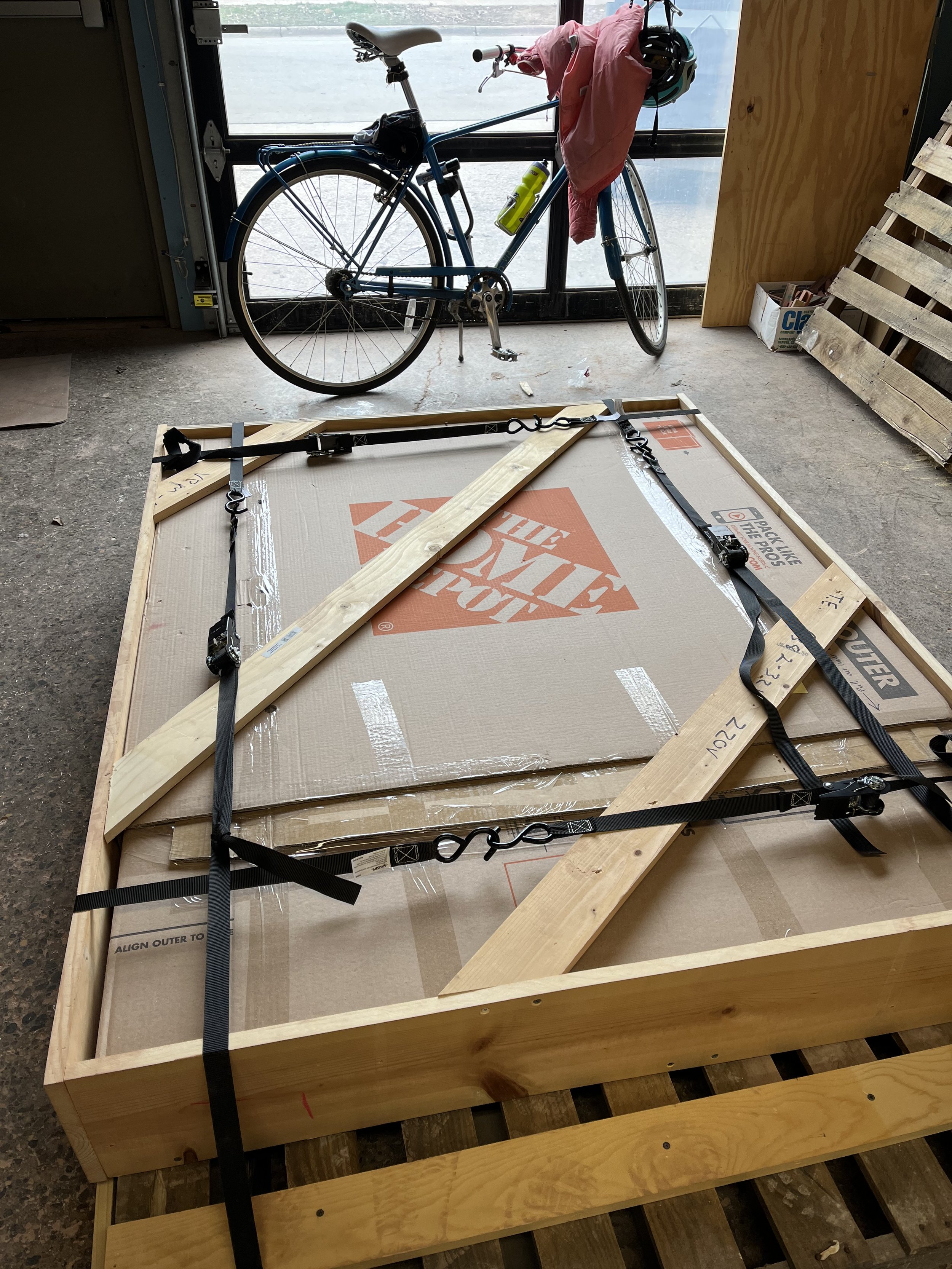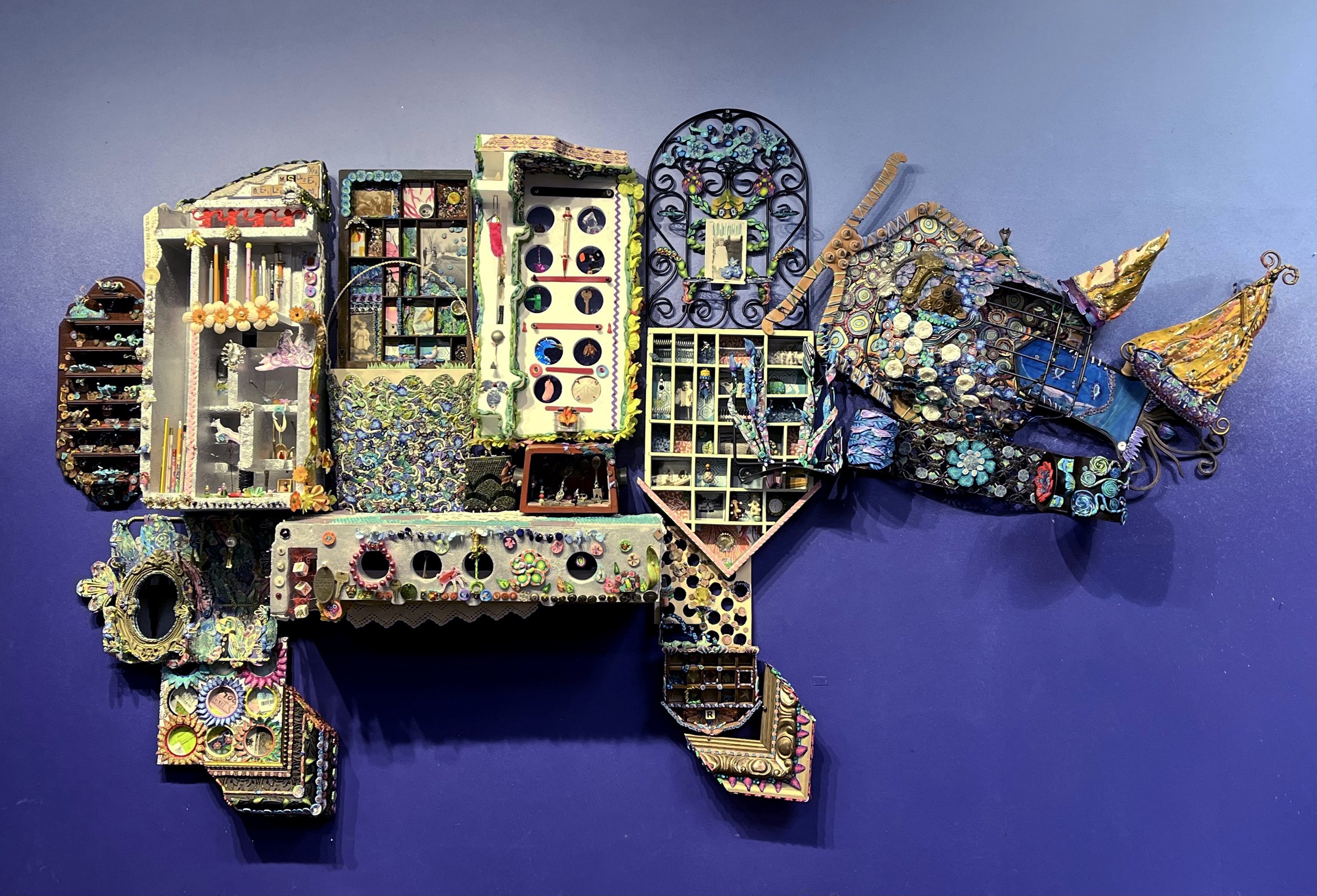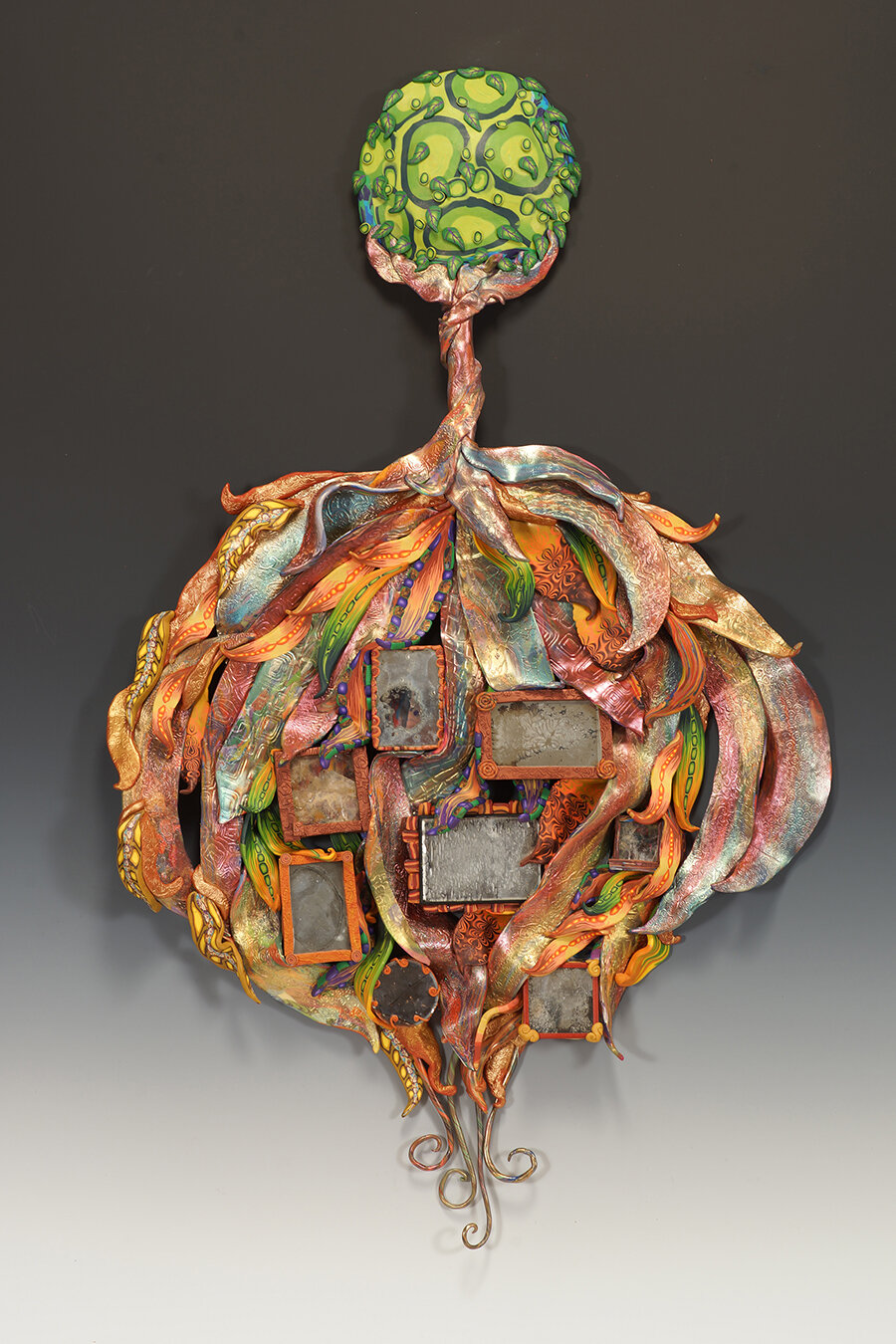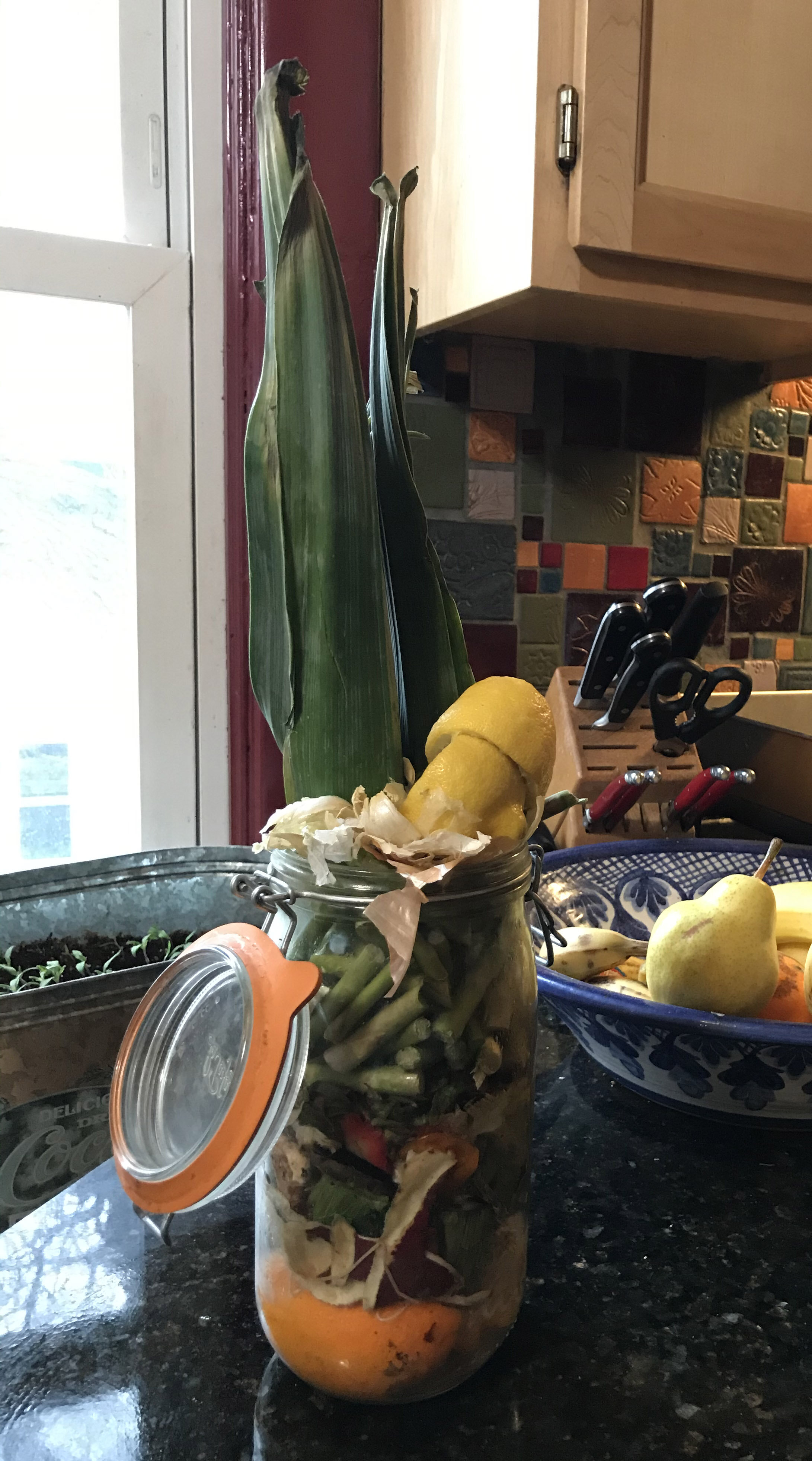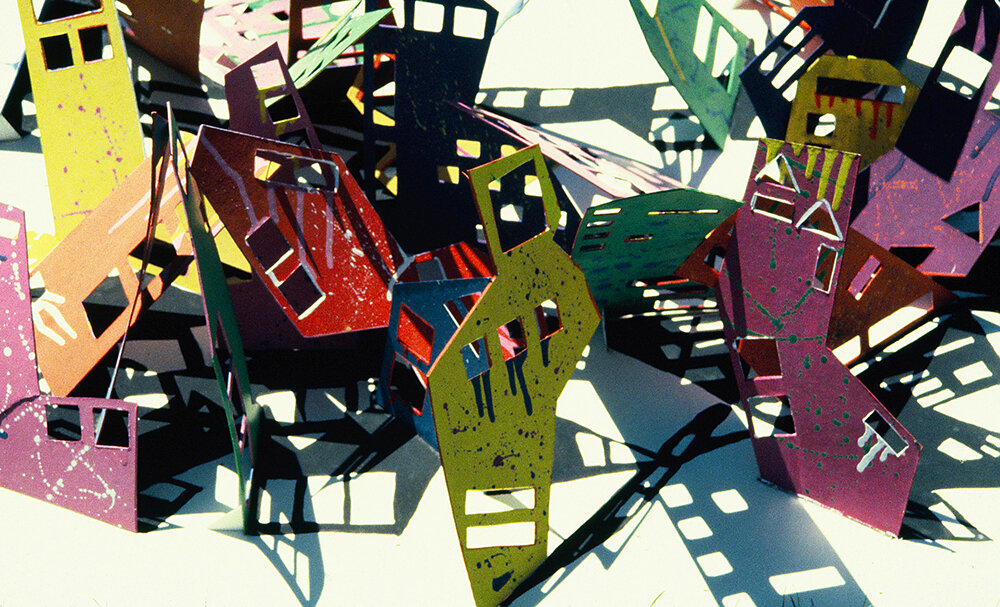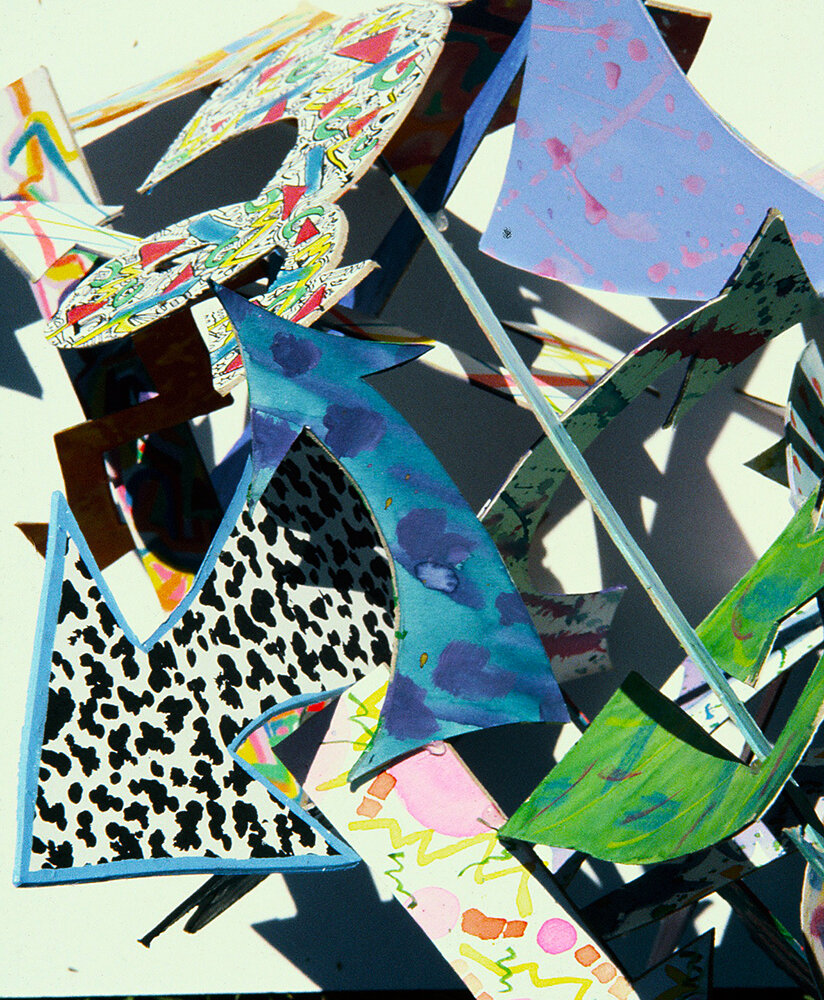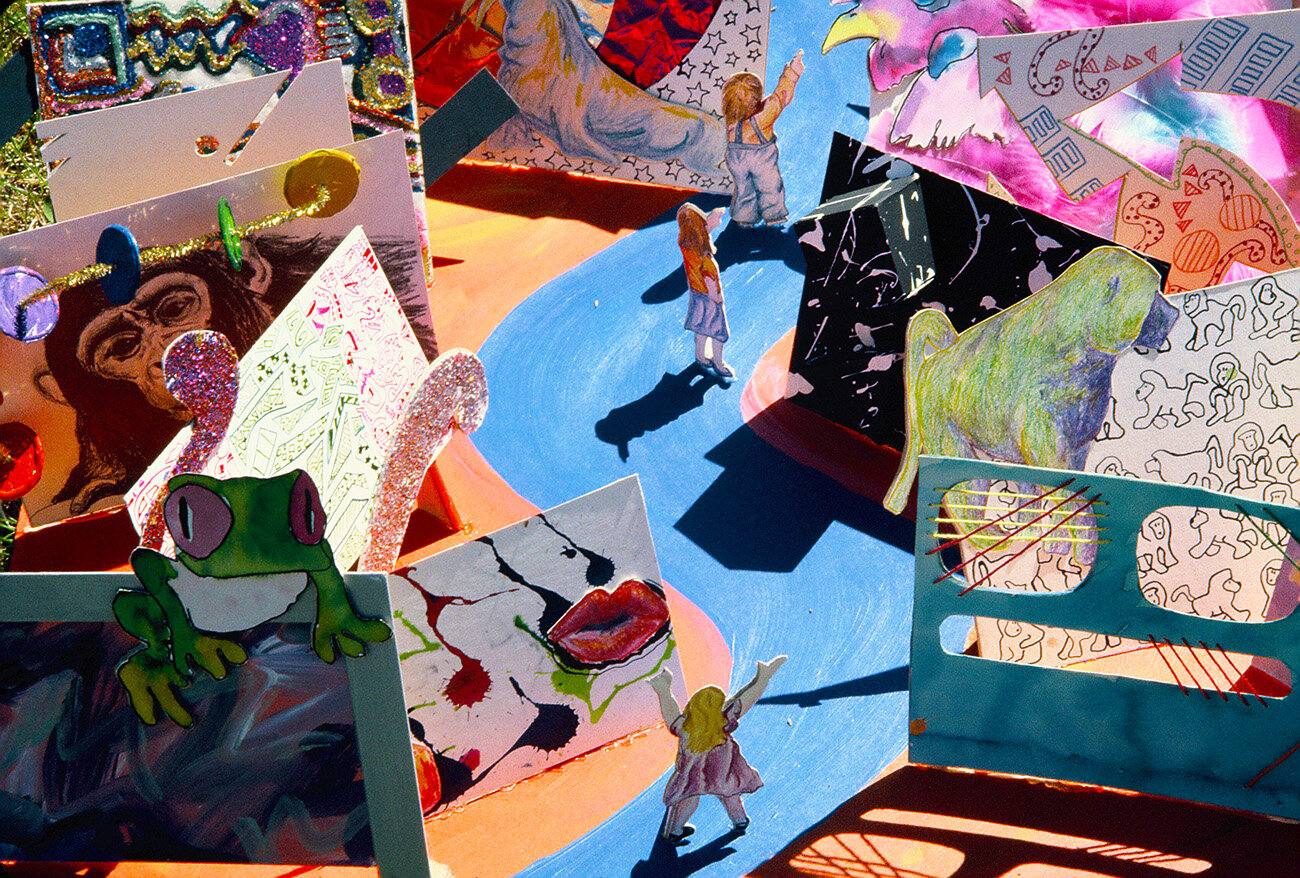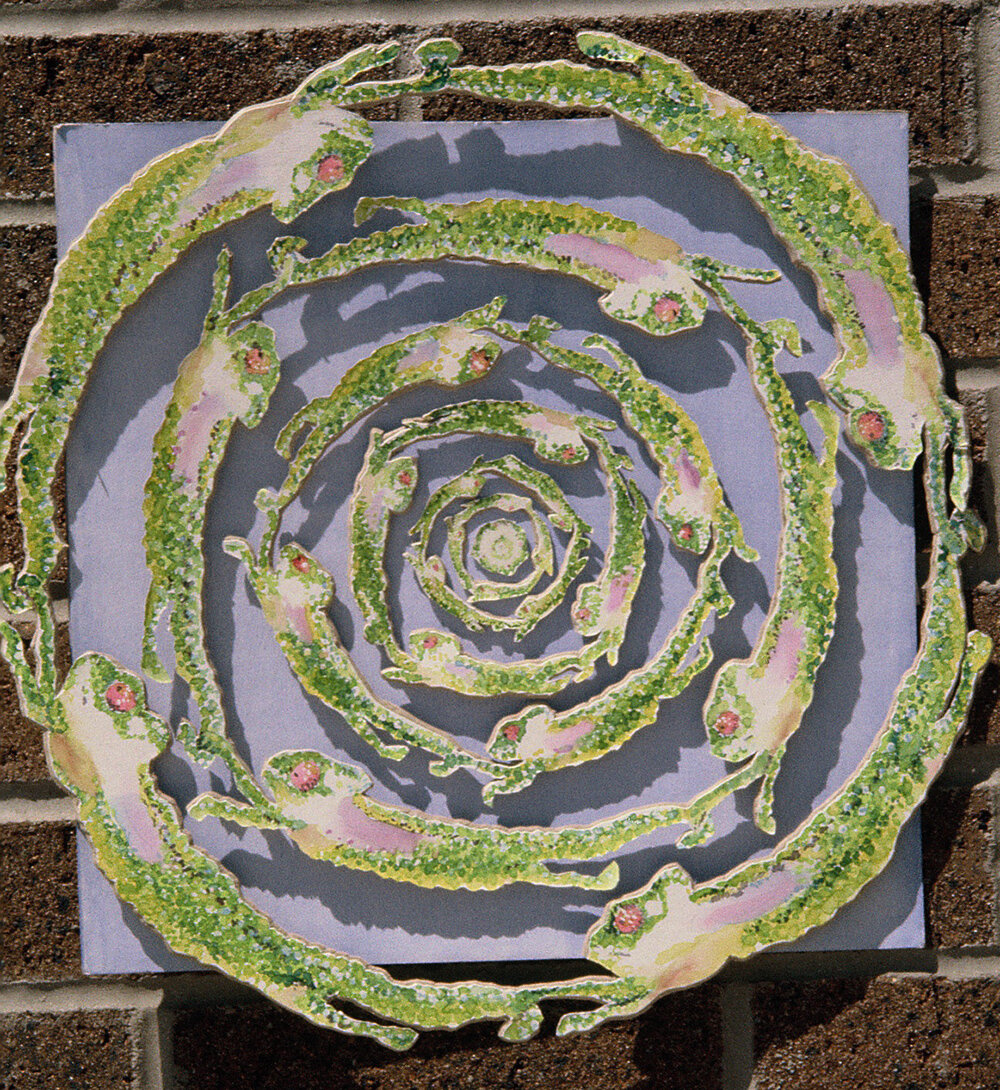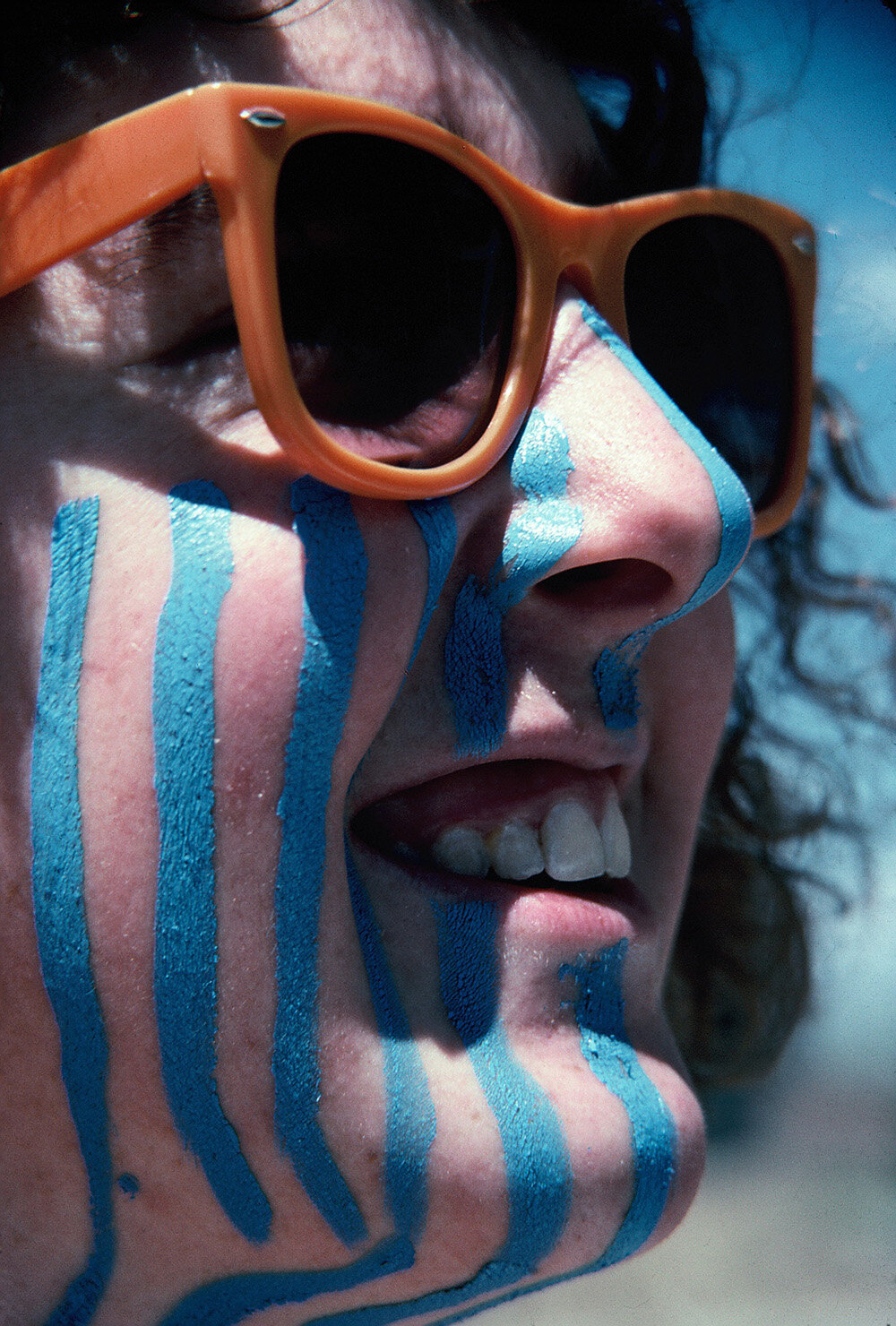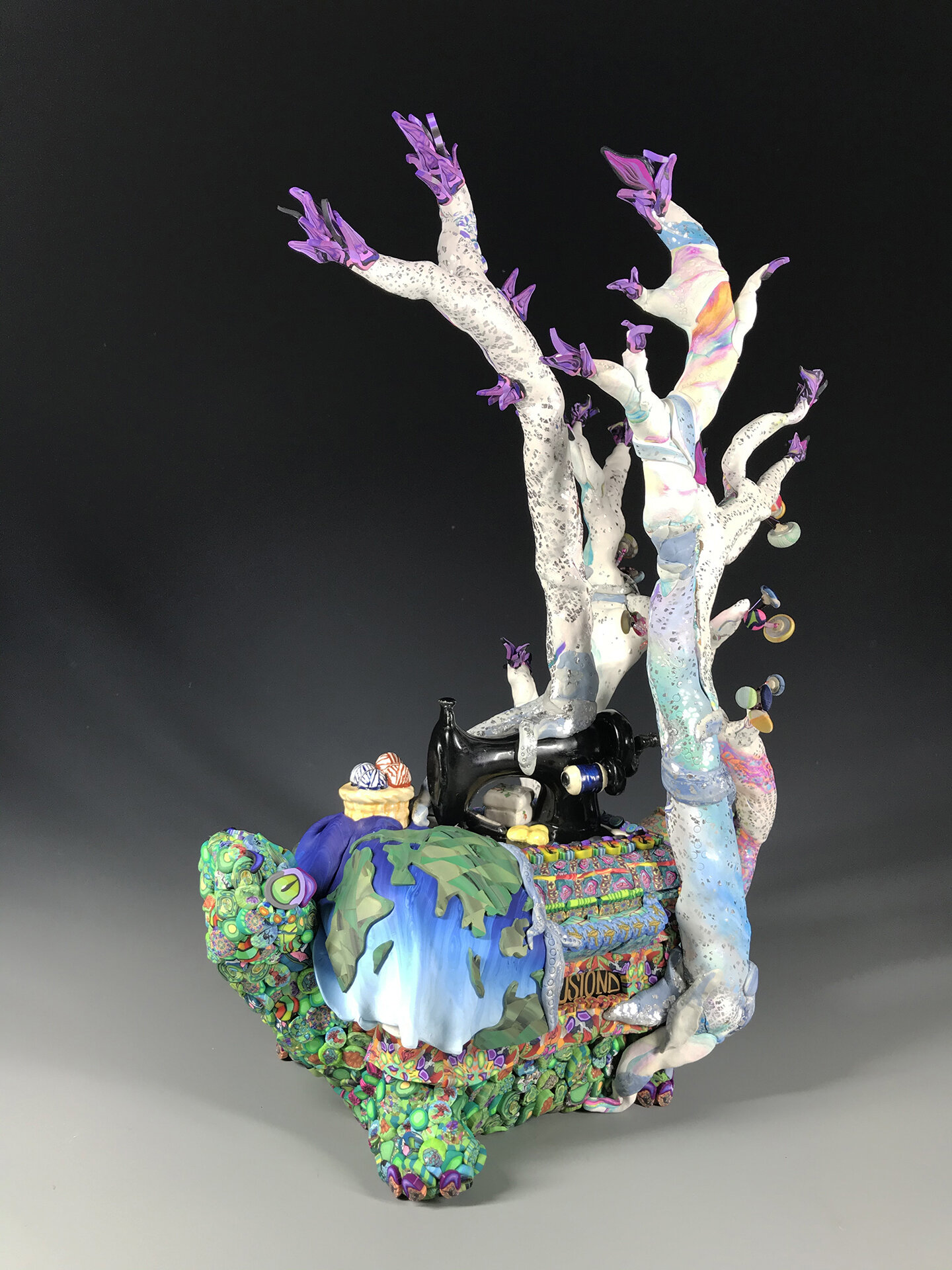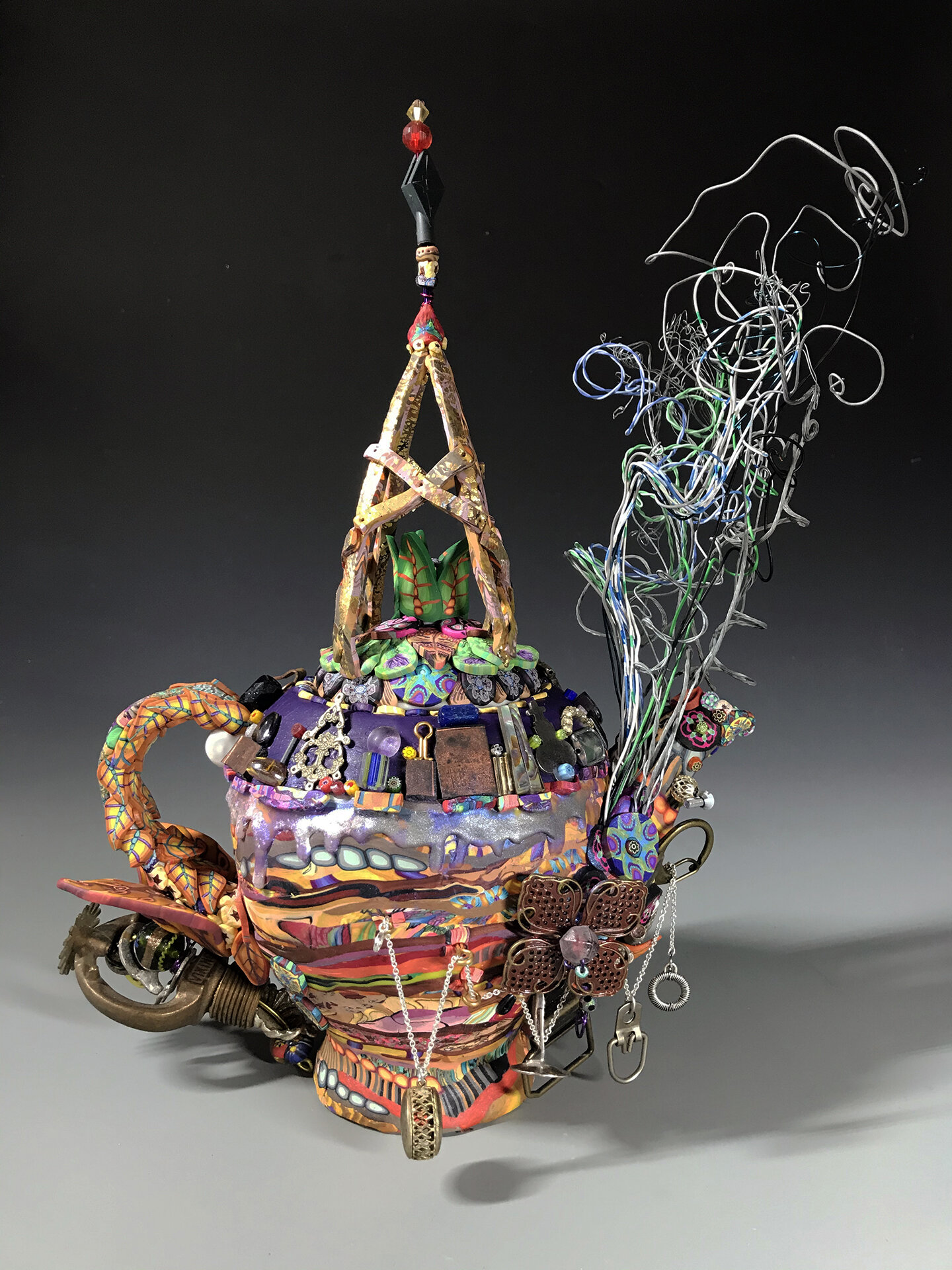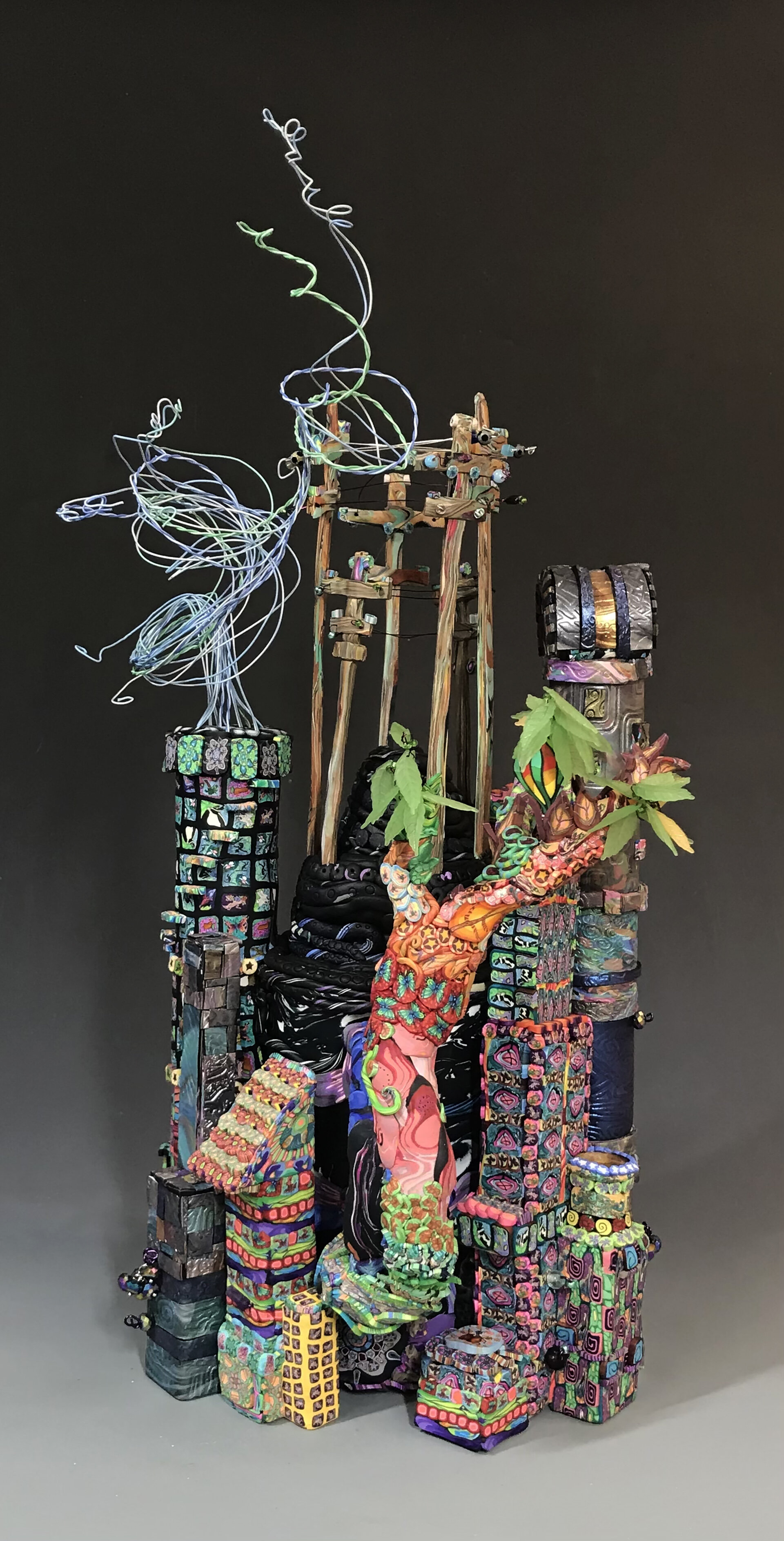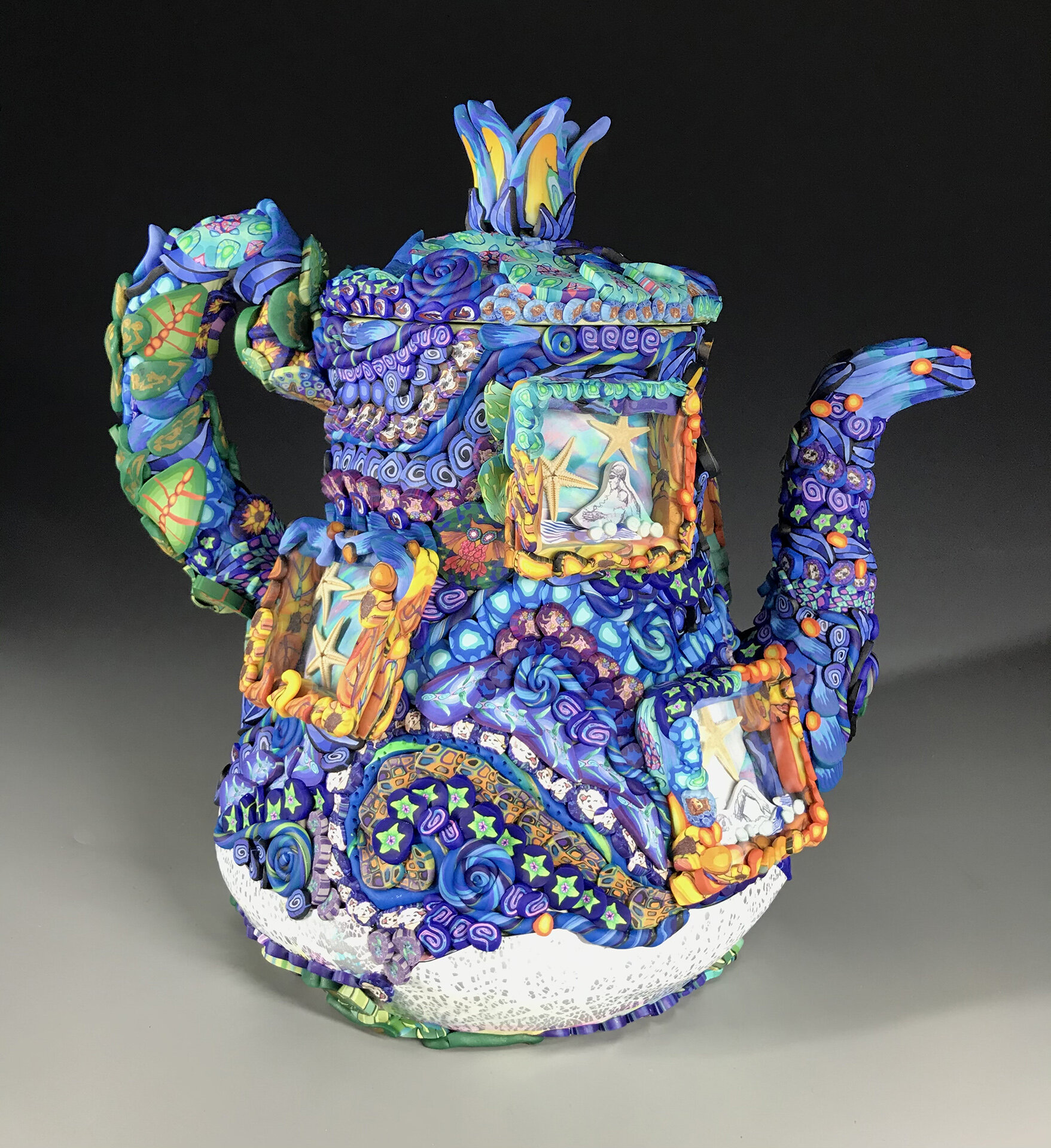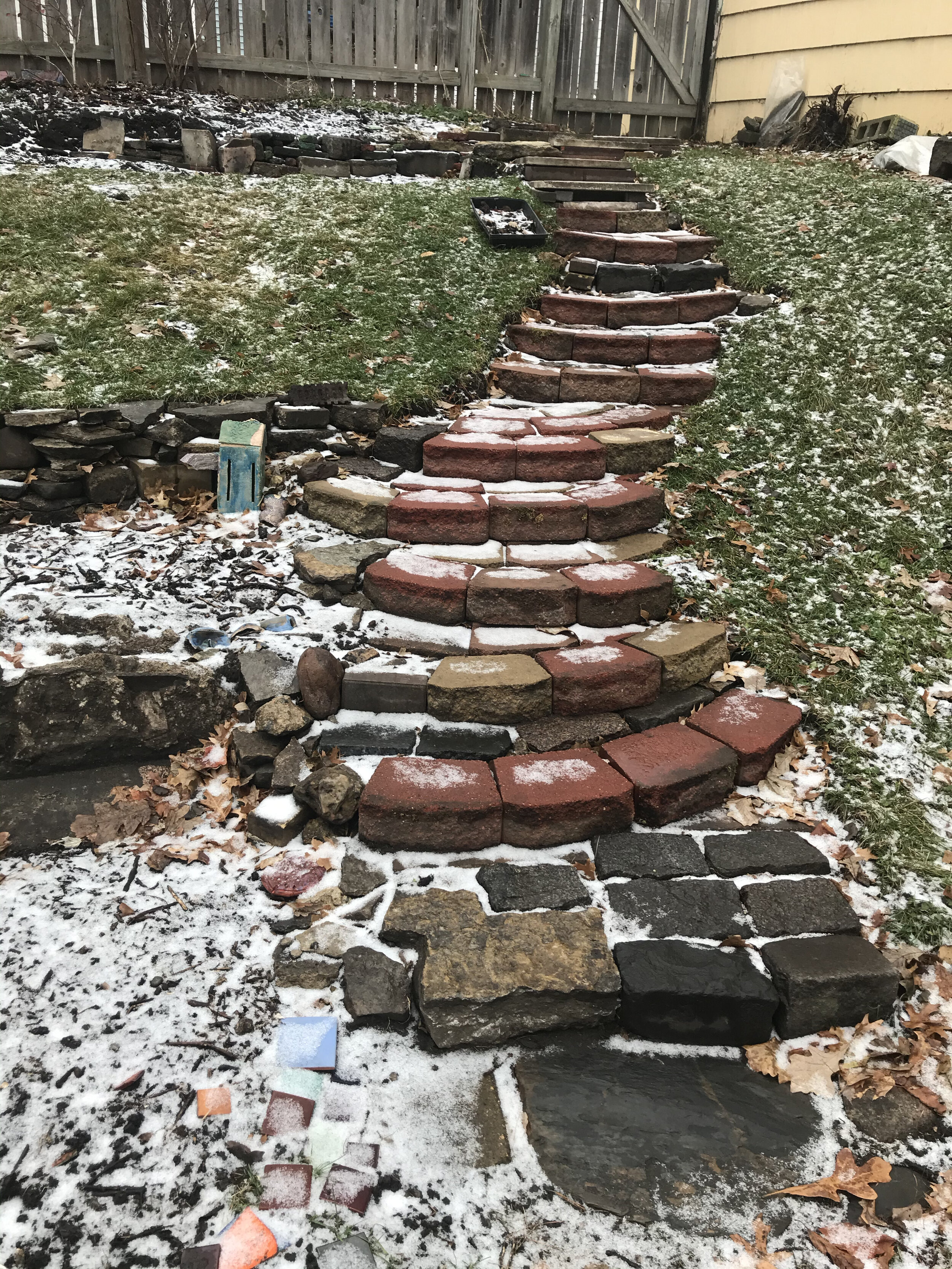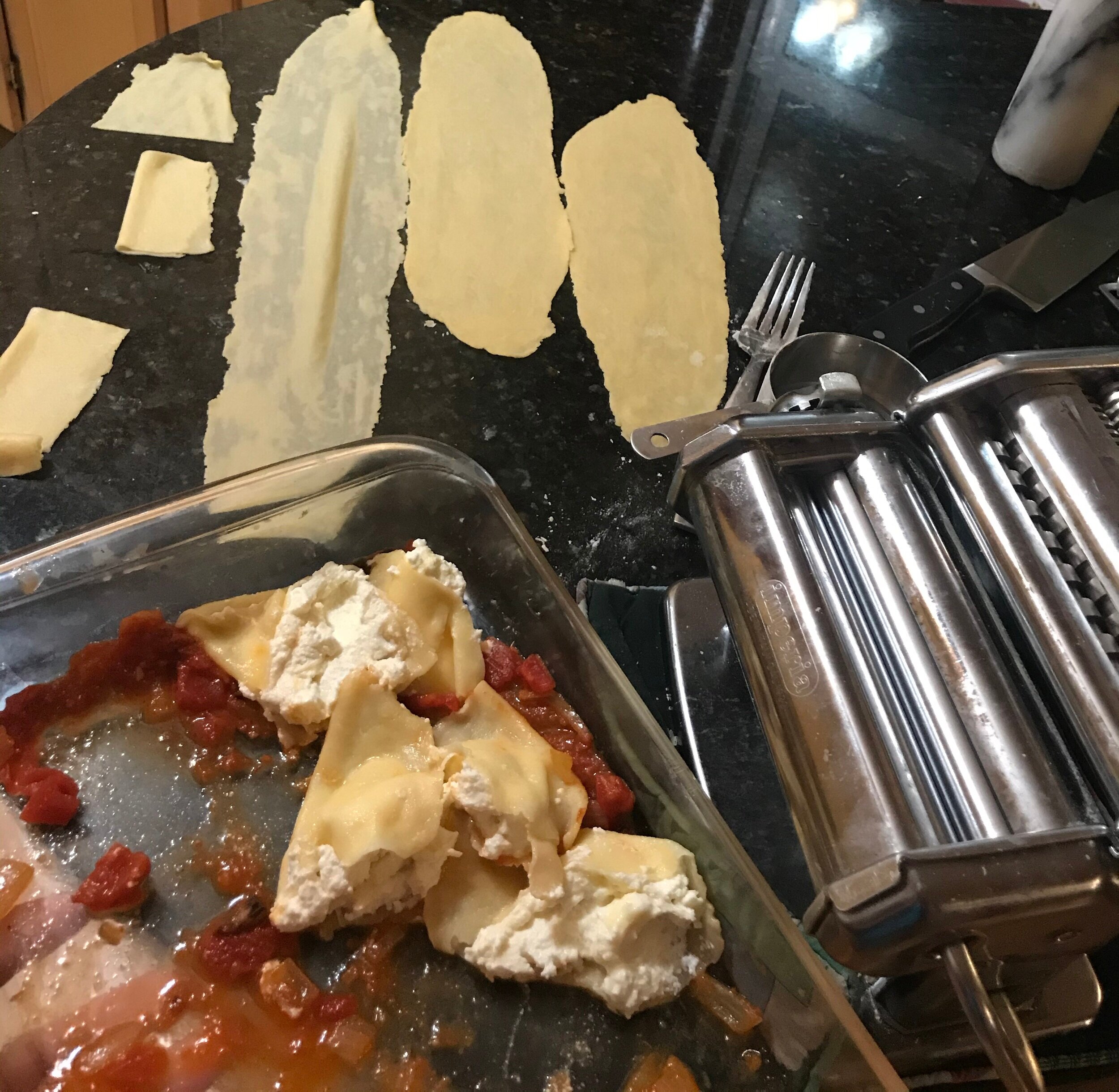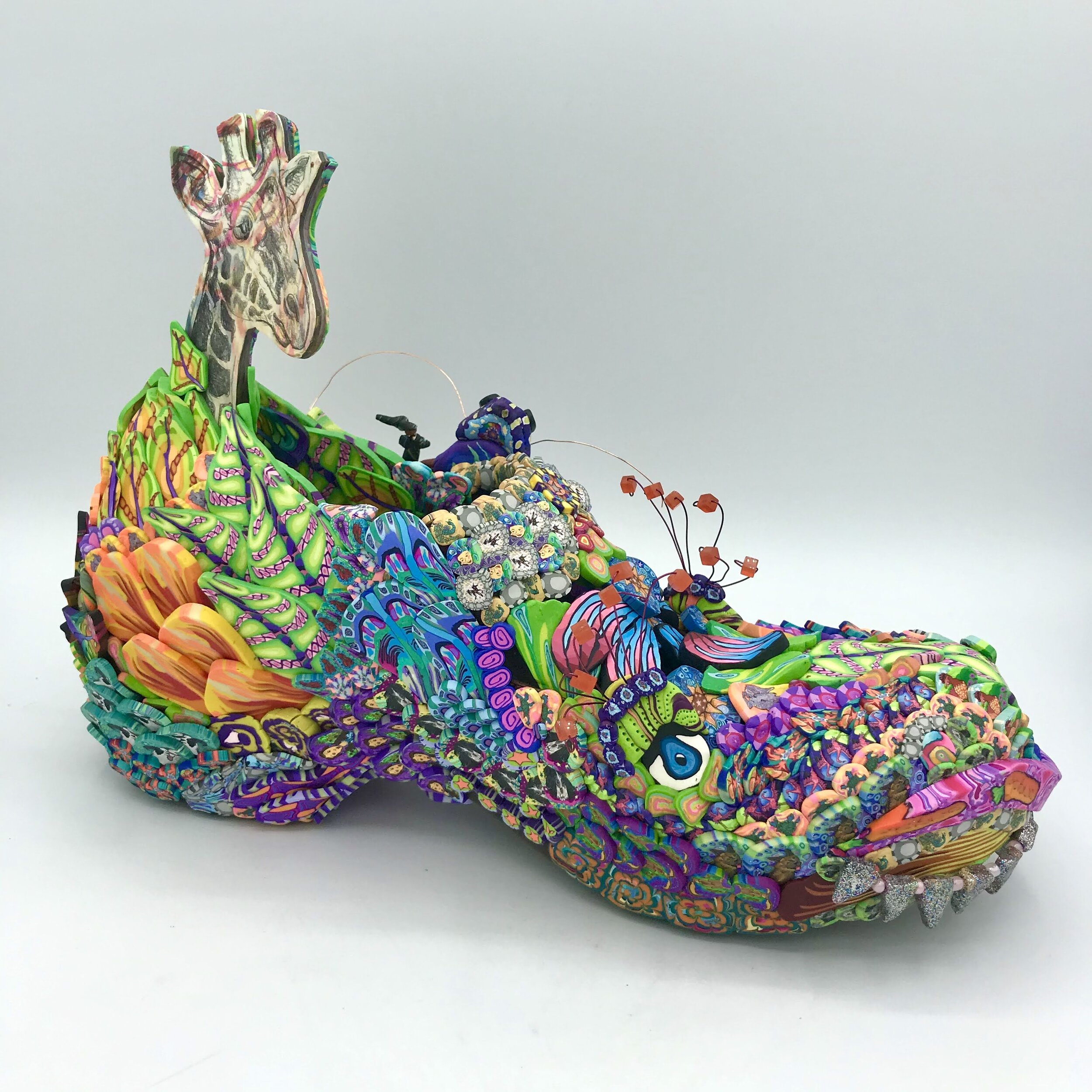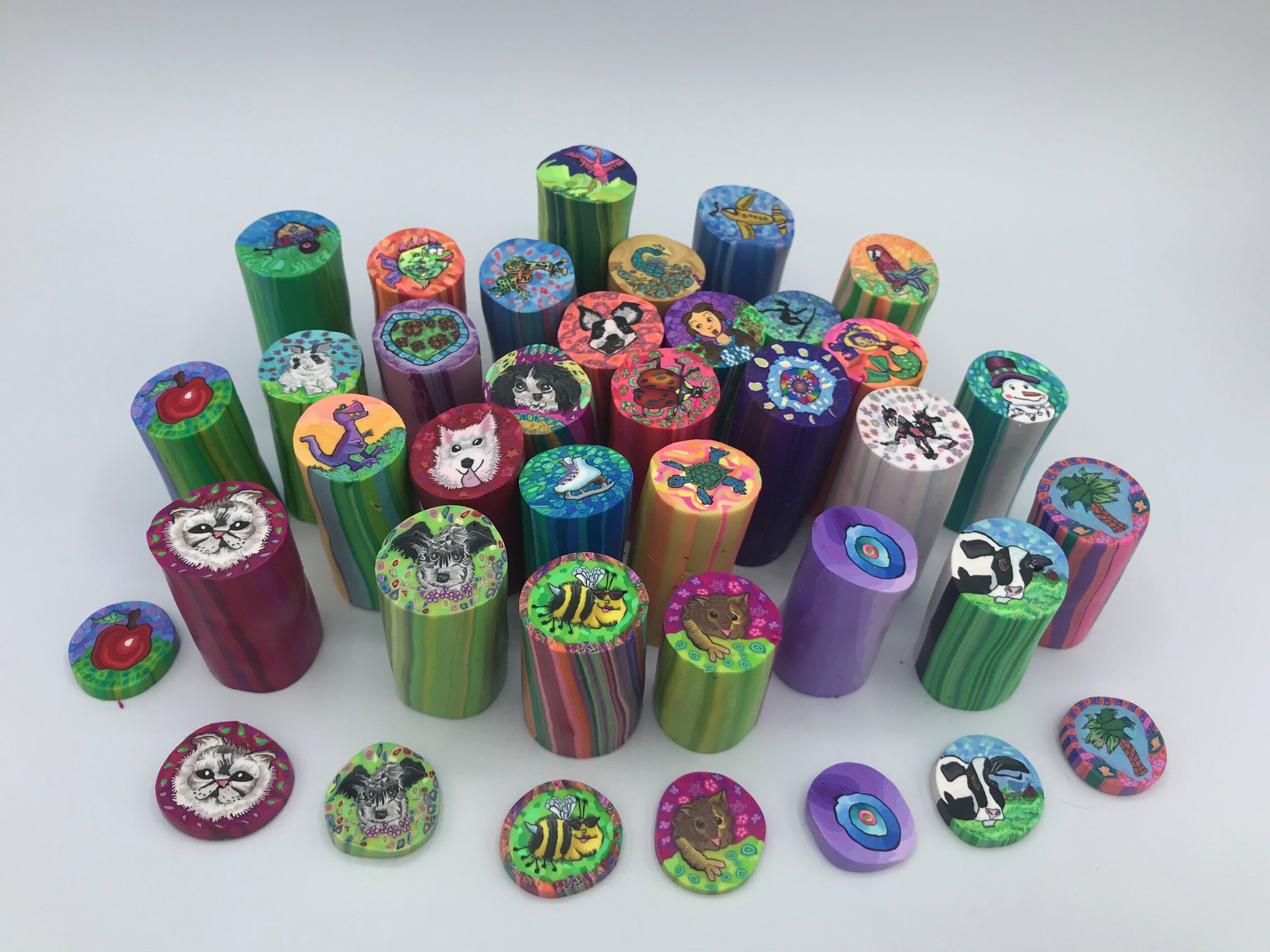I visited the Haubenschild Family Farm and learned amazing things about manure! This dairy farm started by Bryan Haubenschild’s grandfather with 80 cows and now they have 1650 cows. Of course these cows produce a lot of manure! But not even one pile is wasted! There is a conveyer belt that runs under the cows to take all the manure away to be used in multiple ways.
After seeing their amazing processes I wanted to create a piece of art that celebrated the fascinating circular systems that turn the manure into power, fertilizer and even bedding for the cows!
The day after my field trip to the Haubenschild Family Farm I woke up the next morning with the idea of making playing cards into cows. It really seemed to fit, not just because of the patterning but because of the gamble that every farmer takes to run a farm. Haubenschild Family Farm also took a big risk in investing in the manure digester way back in 1999. Now this system powers 90% of their farm!
I thought it was apparent that this system not only saved the environment but also saved them a lot of money by using what the cows already produced naturally! You will notice that the center of the circular pieces has “monopoly money” collaged on sections and “greenery” to symbolize this connection.
There is also a section that shows the “bedding” that is produced from the removal of undigested fibers. And of course some of the manure is used to fertilize the fields which are represented in the section to the far right. You’ll also see some calve, also made of playing cards, living in their little stalls.
The farm house actually lights up! There is an also a section that is covered with milk caps. Inside are little pillows to symbolize the bedding.
The Haubenschild Family Farm fills up three tanker trucks a day with milk 80% is sent to Kemps and 20% is turned into cheddar cheese. A lot of the milk is packaged up for school children so the summer has slower months.
This section shows the cows lined up to milked. One of the most incredible parts of my field trip was seeing the cows come in and turn around to be milked - it seemed like they really had the process down! Brian told me that new cows get placed between old timers so they learn from each other.
I also created a version of the cooling tank that the milk goes through- It was amazingly small- but the milk just moves through and then heads straight out to the tankers.
As I ended my interview with Bryan I asked him what his favorite thing about farming was and he had to stop and think but then he said he just feels really good when all his cows are doing well. What a devotion to have 1650 cows to keep healthy every day!
This section shows the fields where they grow feed for their cows. You will also see a hamburger press in the top corner- this is a nod to the male cows that become hamburgers- it’s all part of the process!
You can also see the calves up in the top section.
